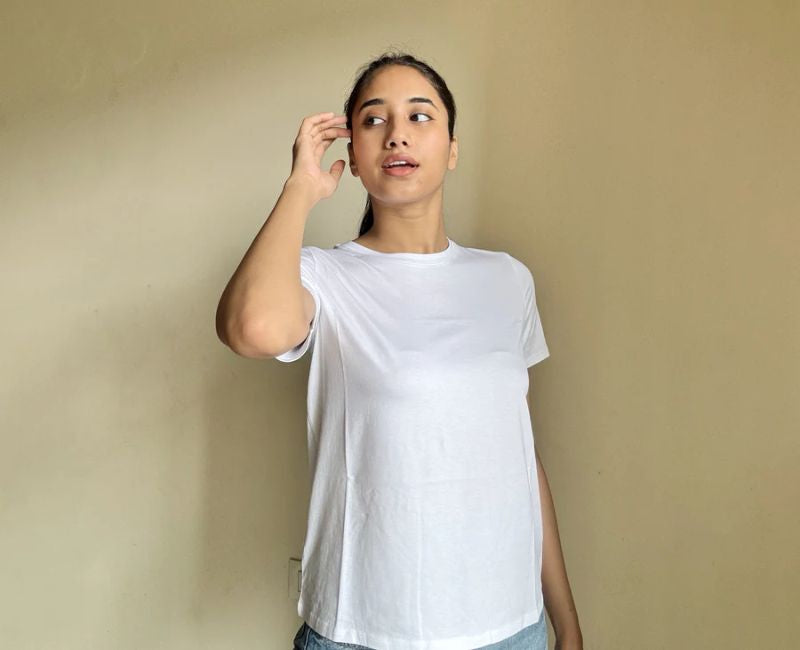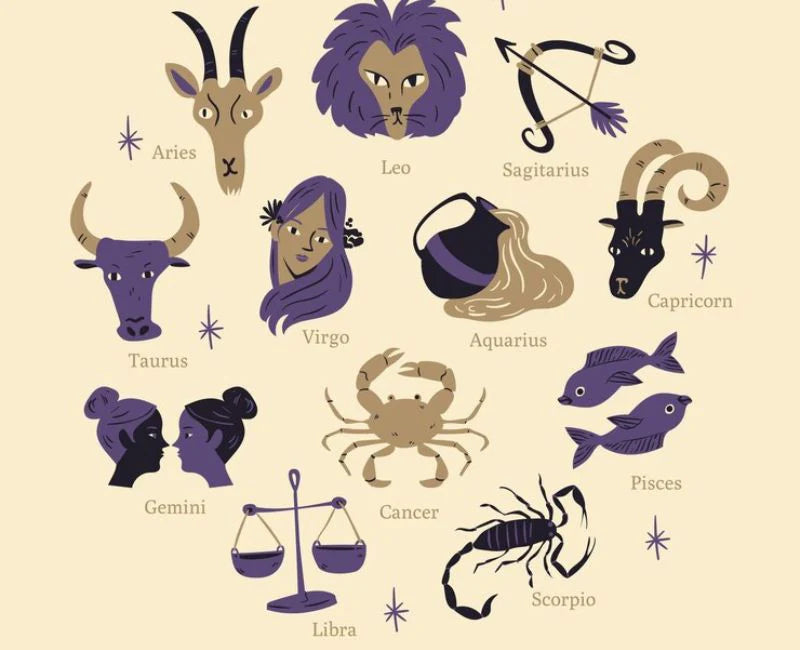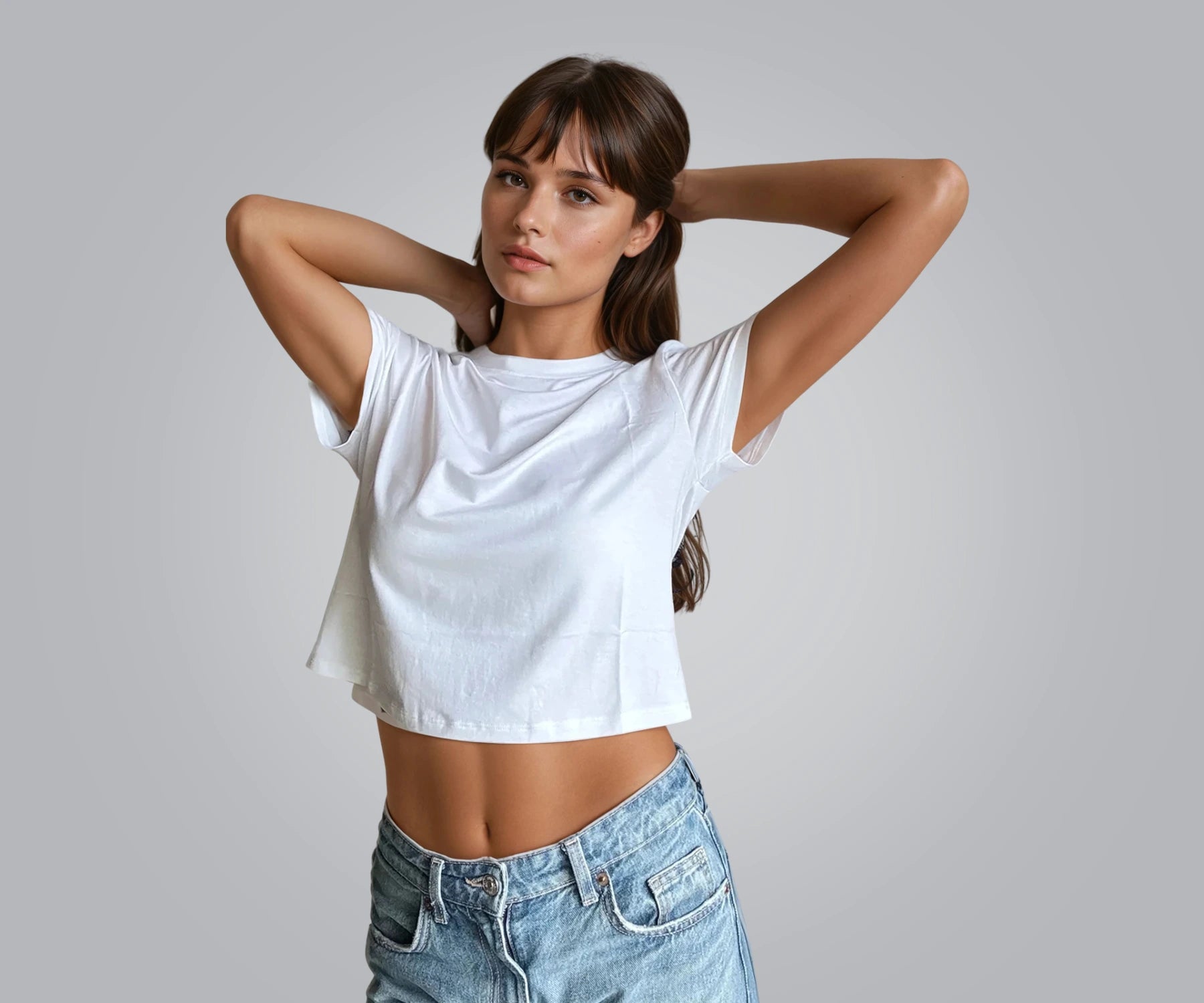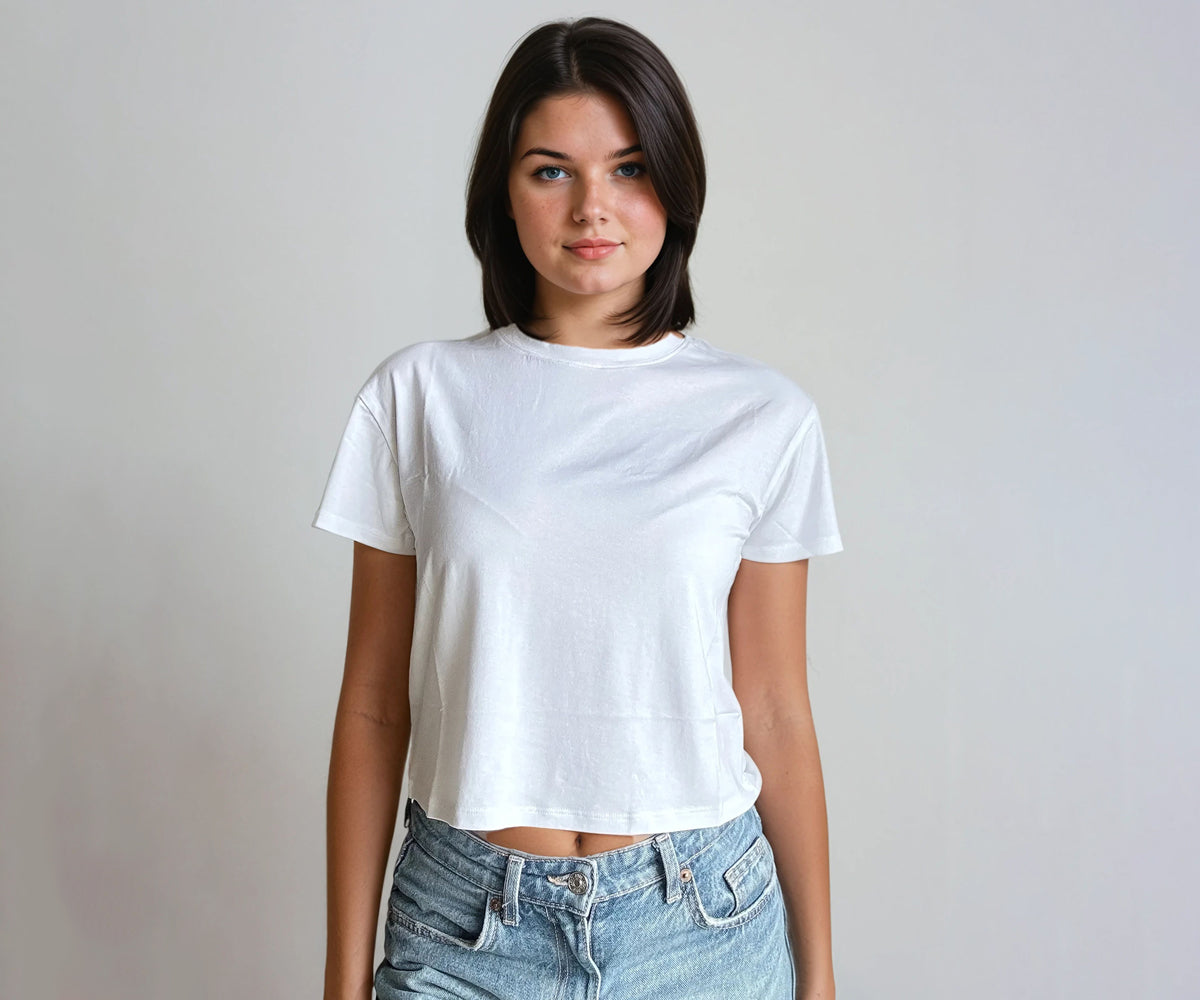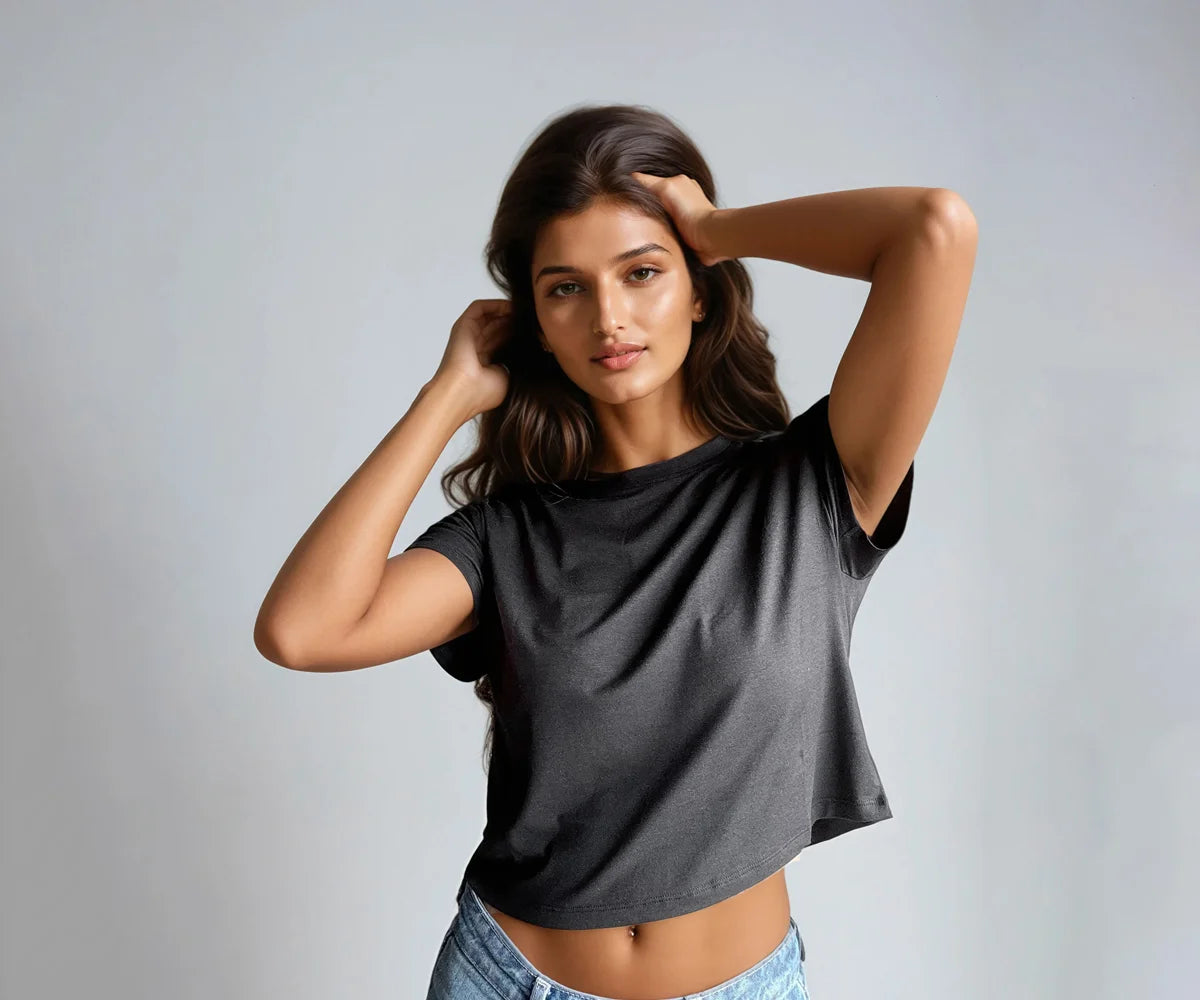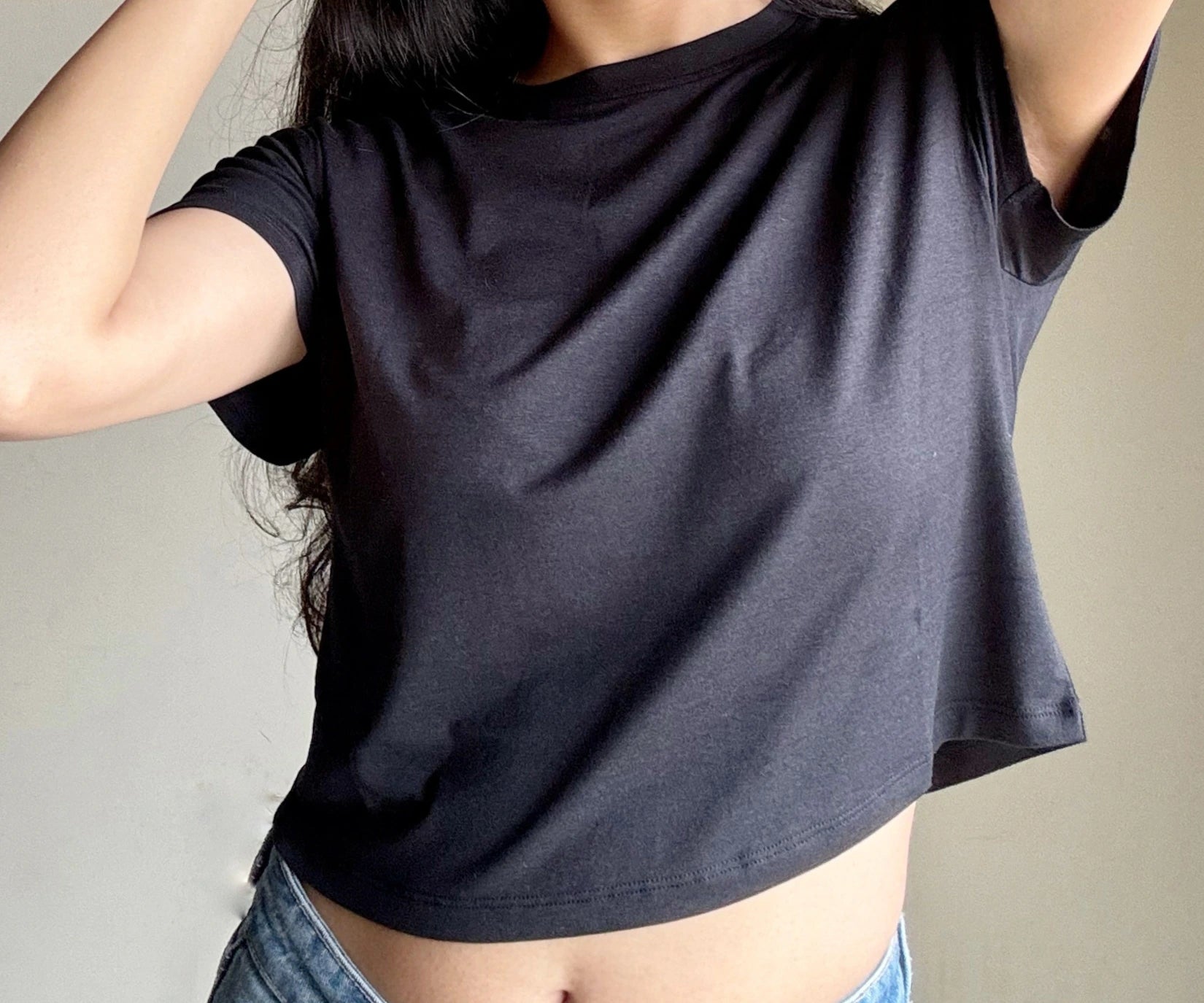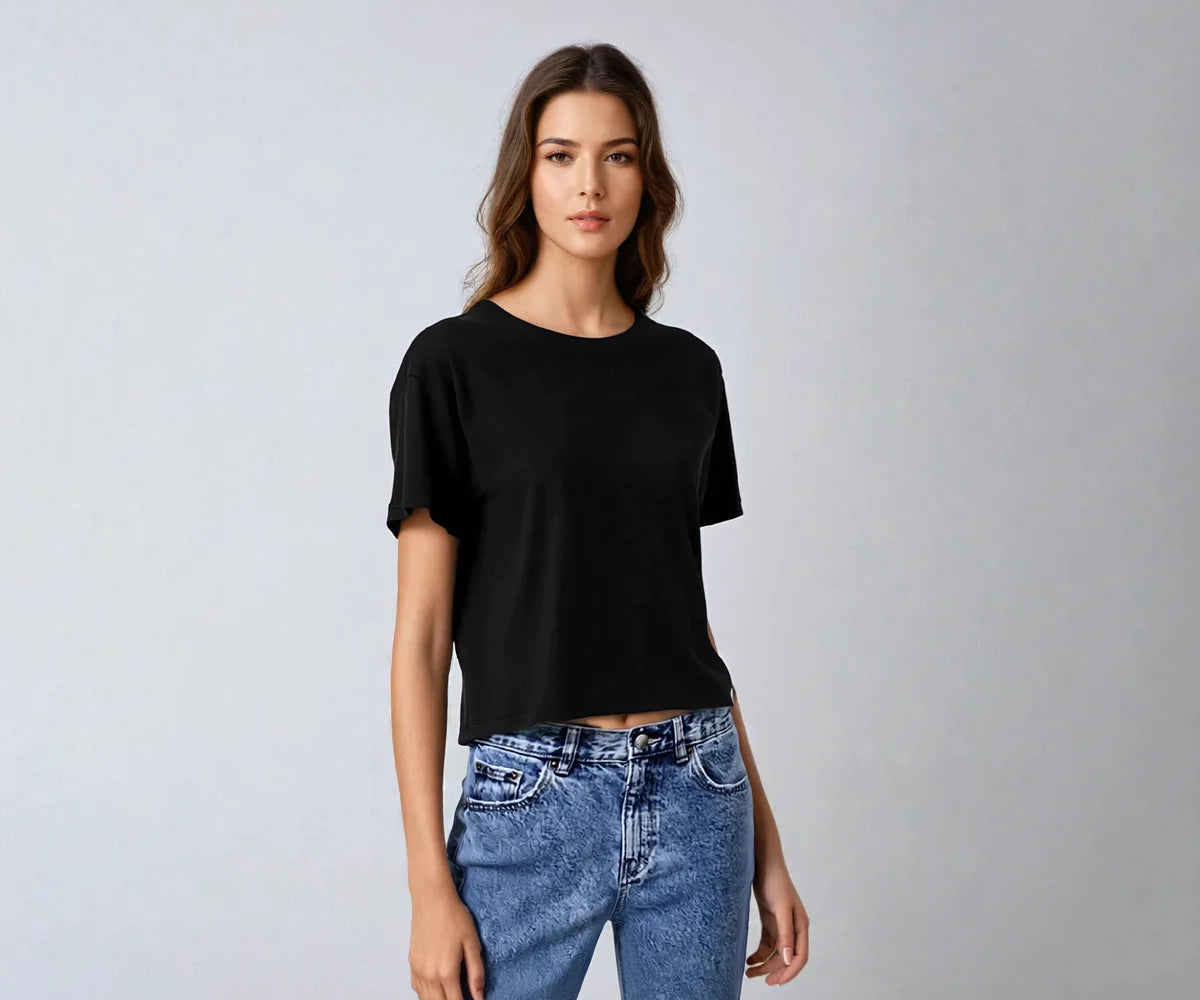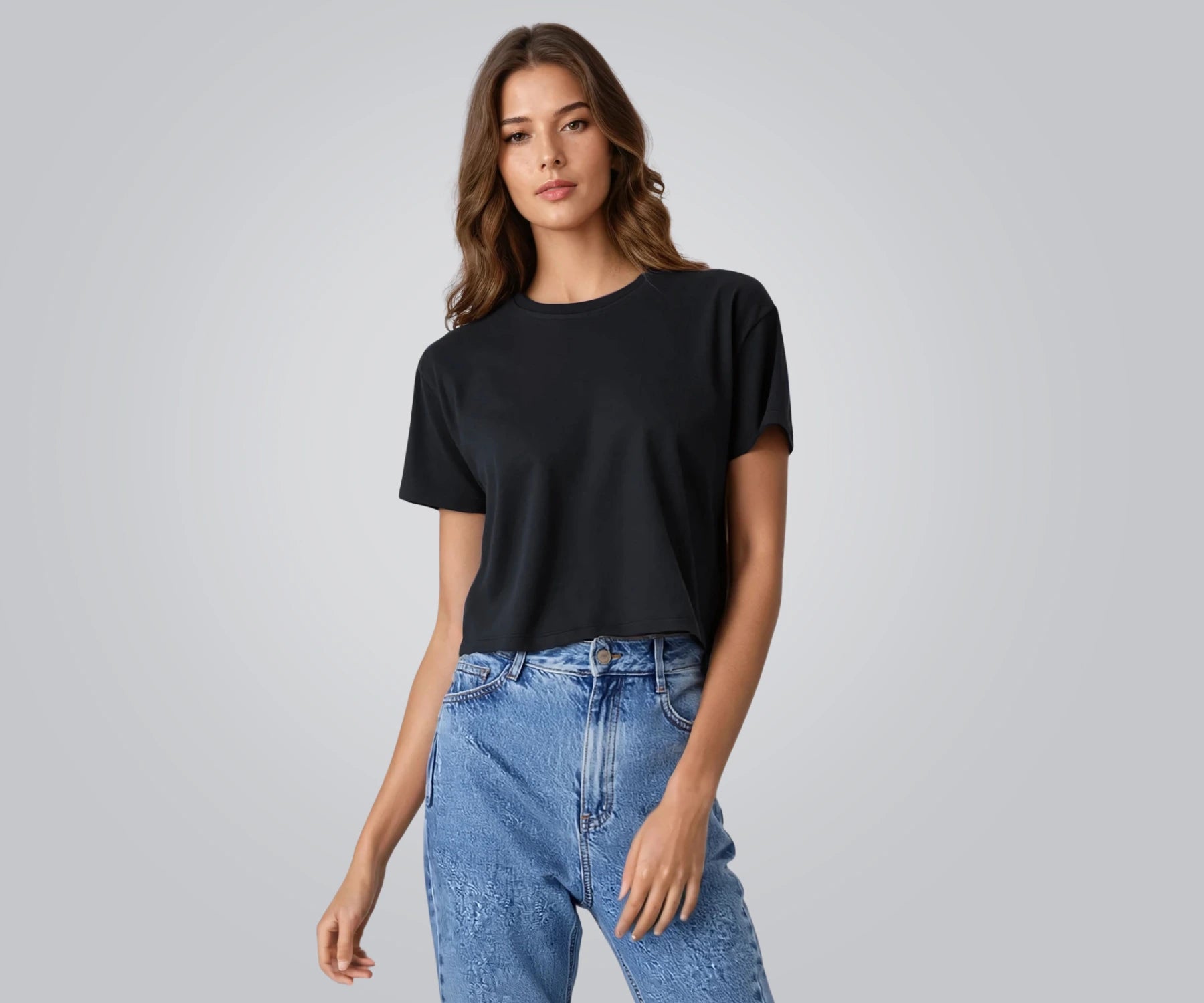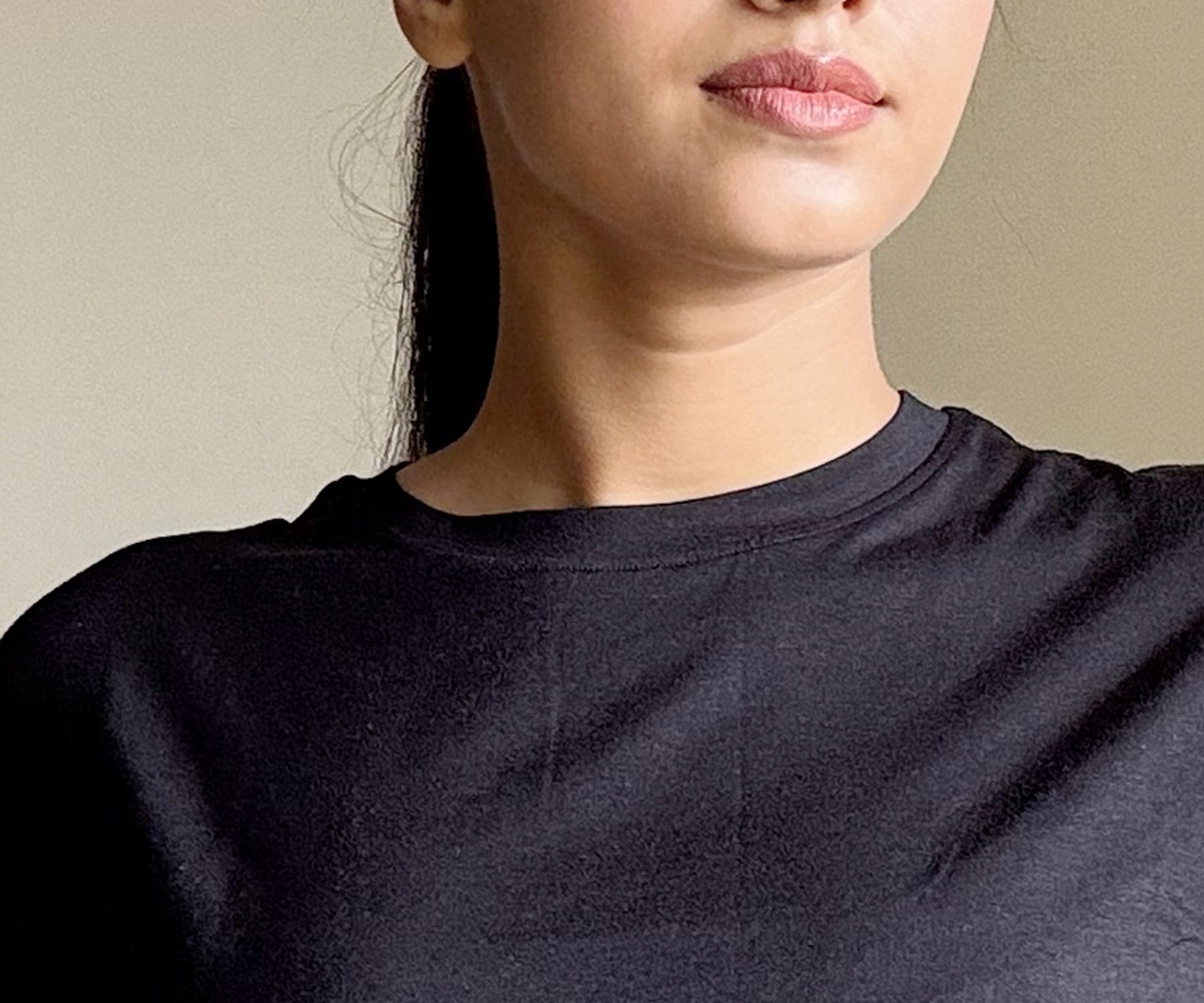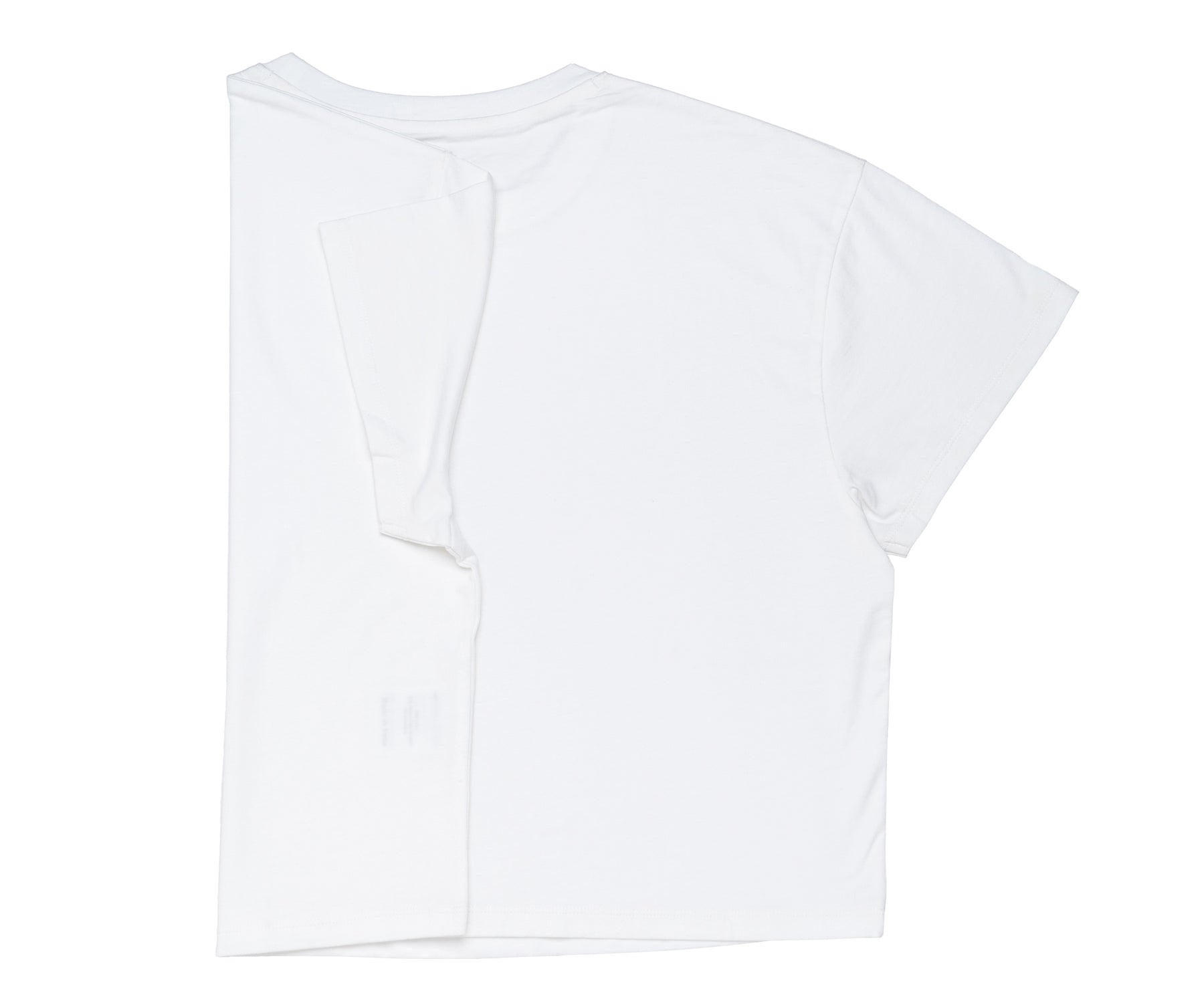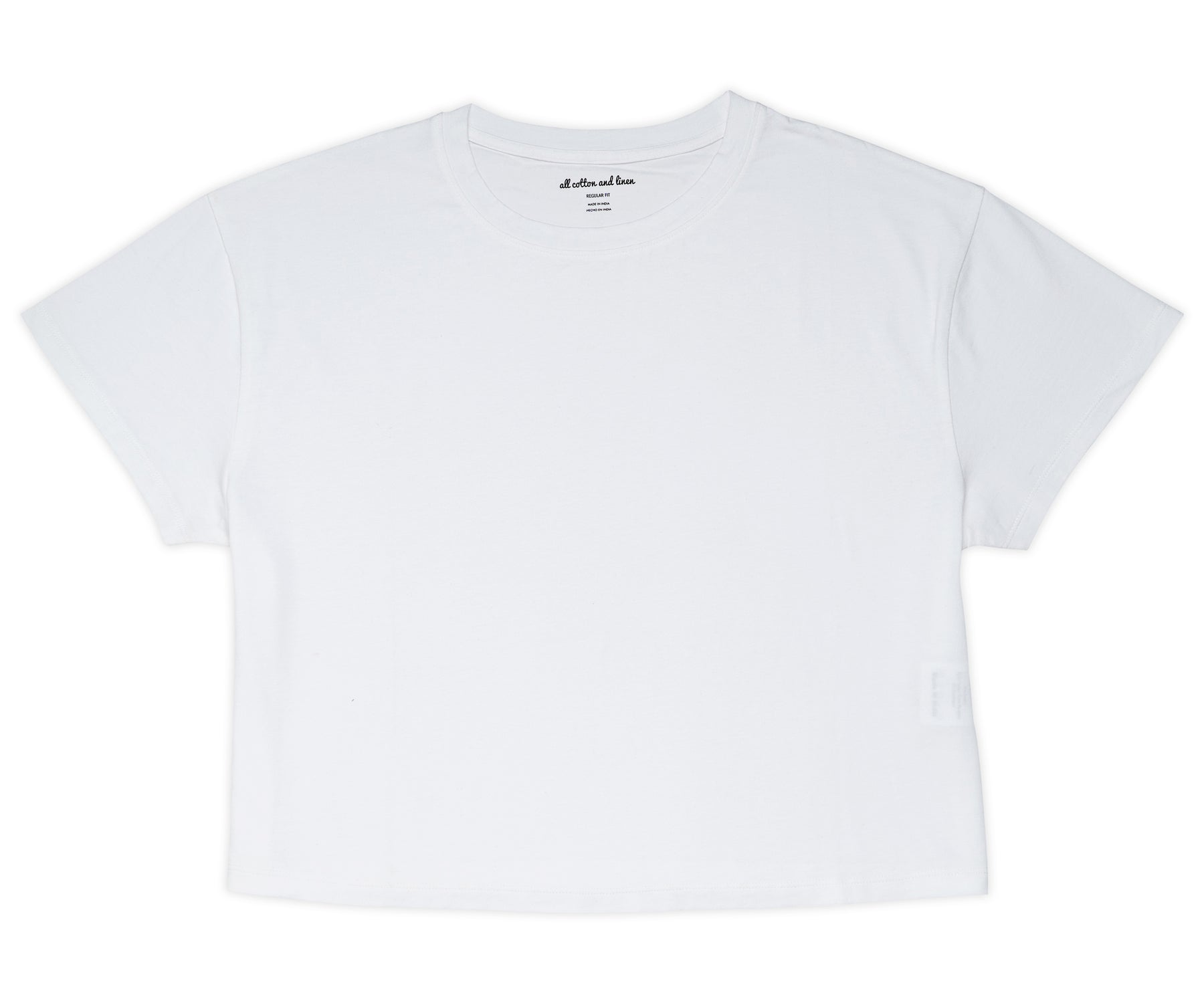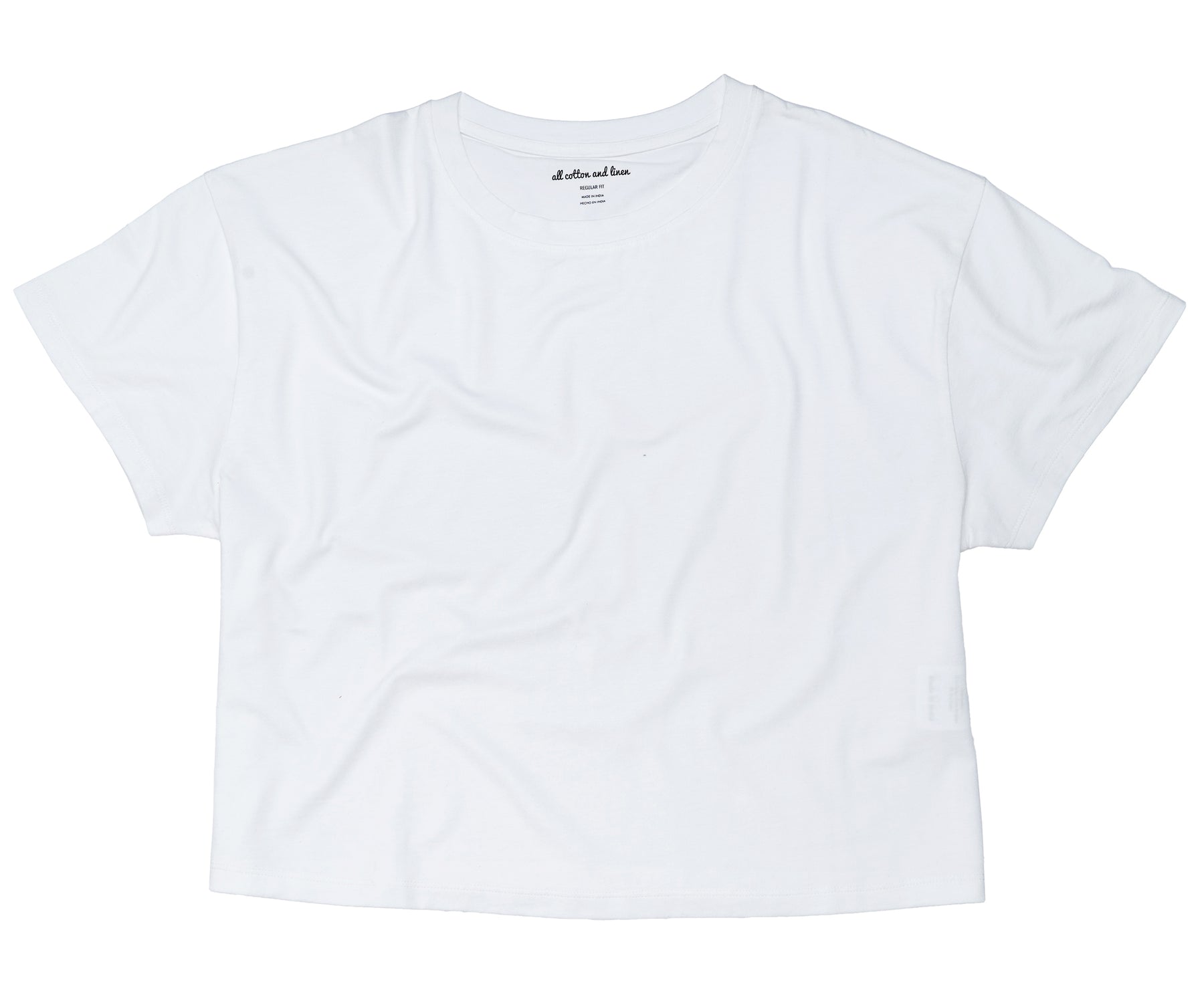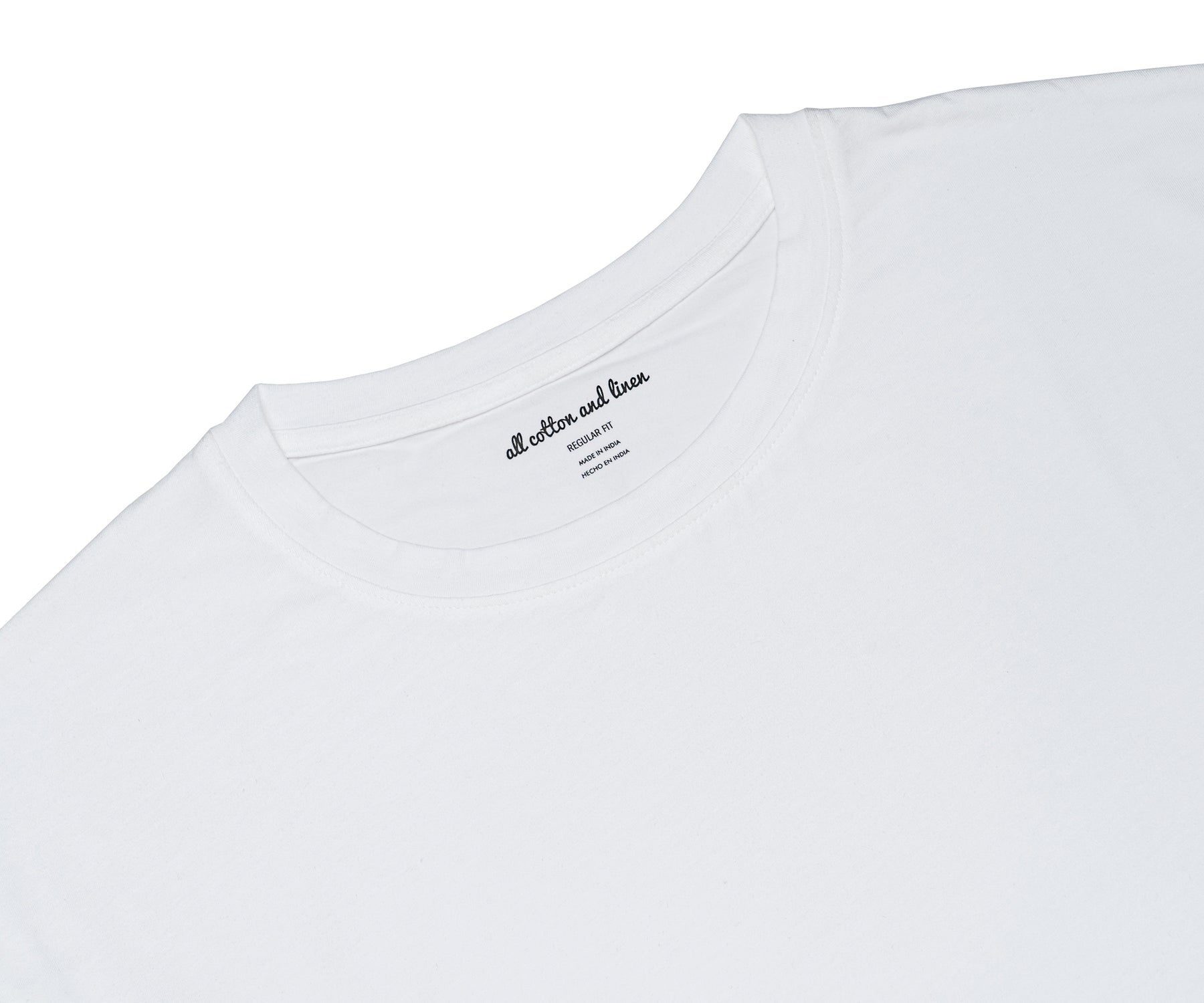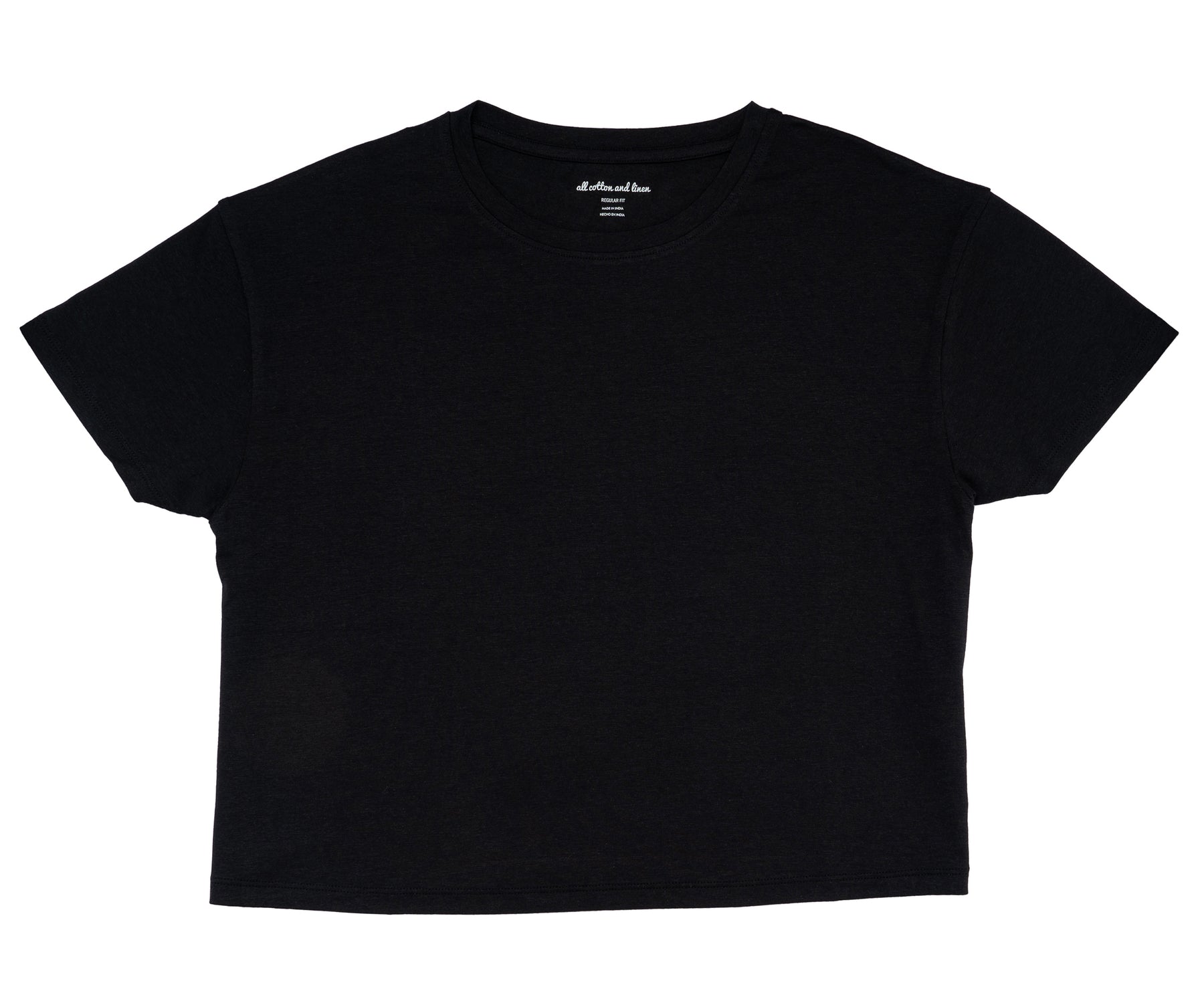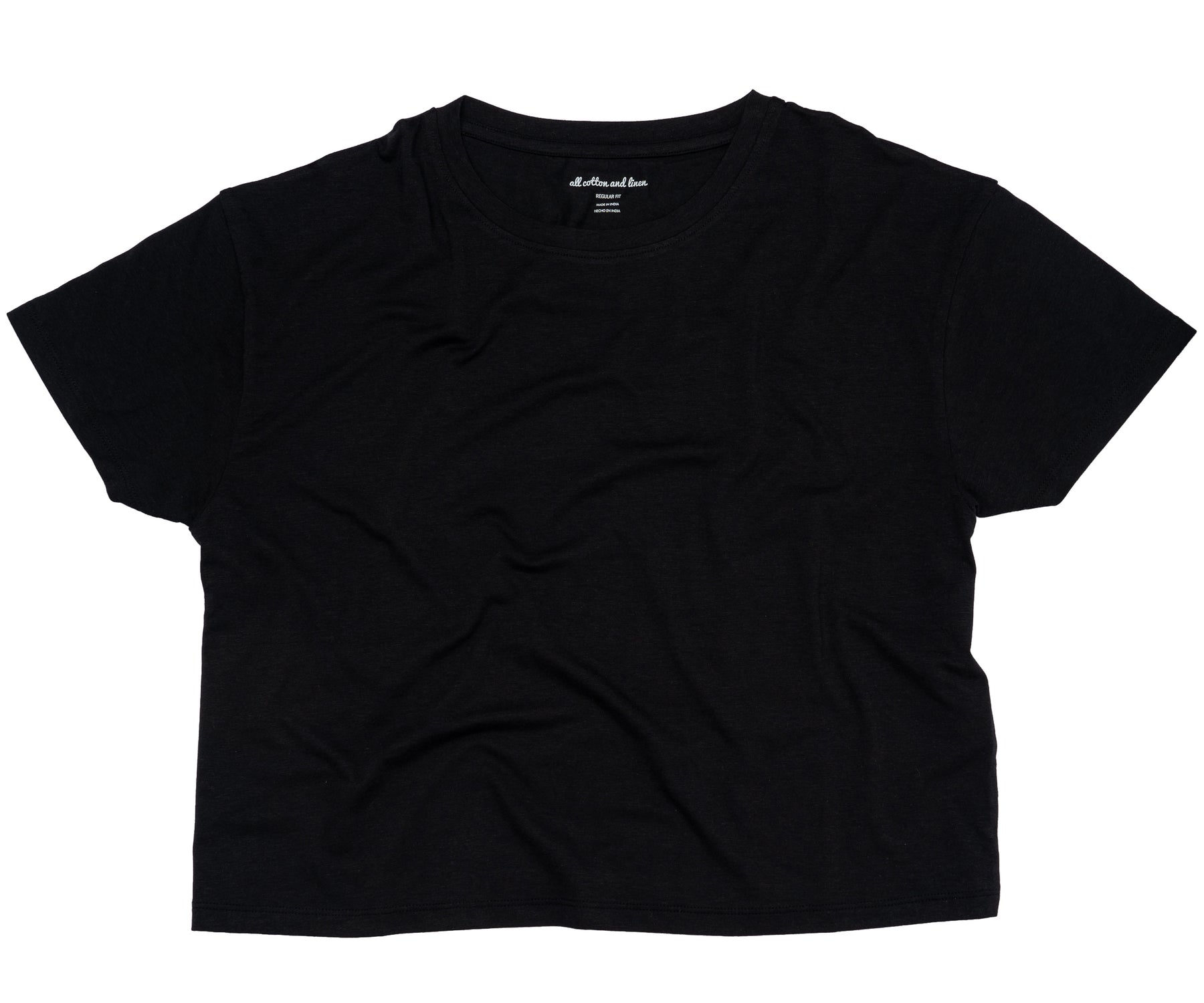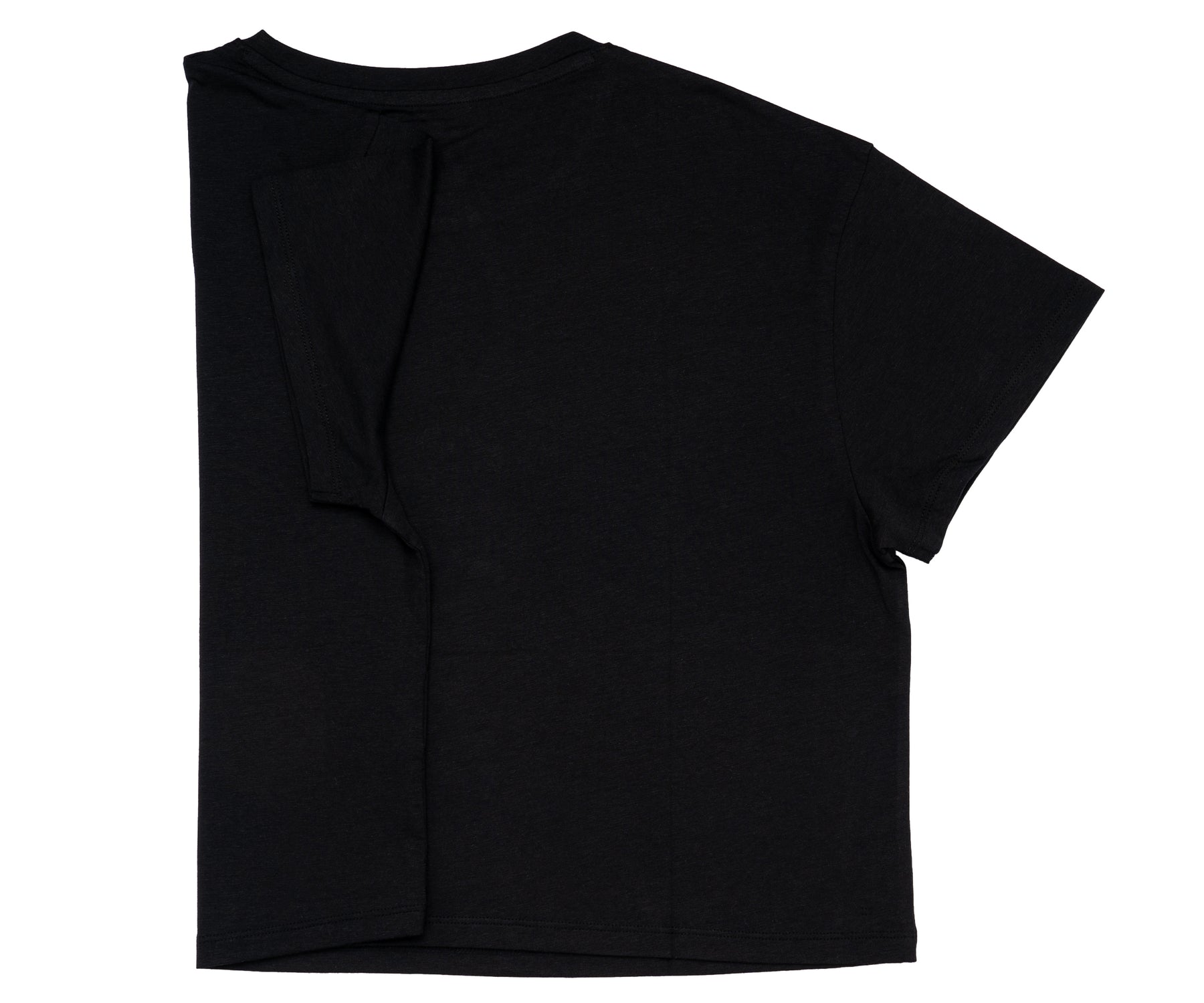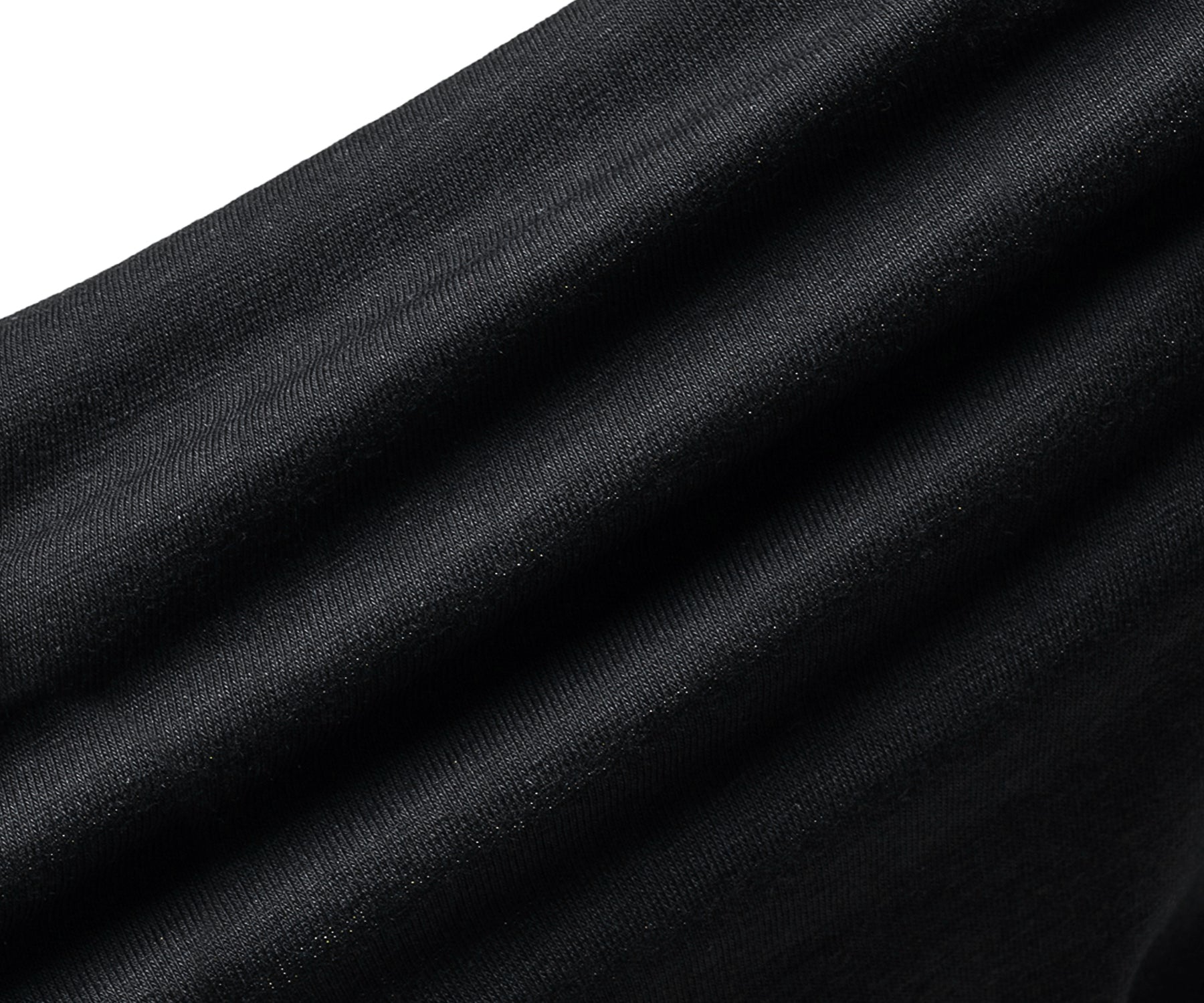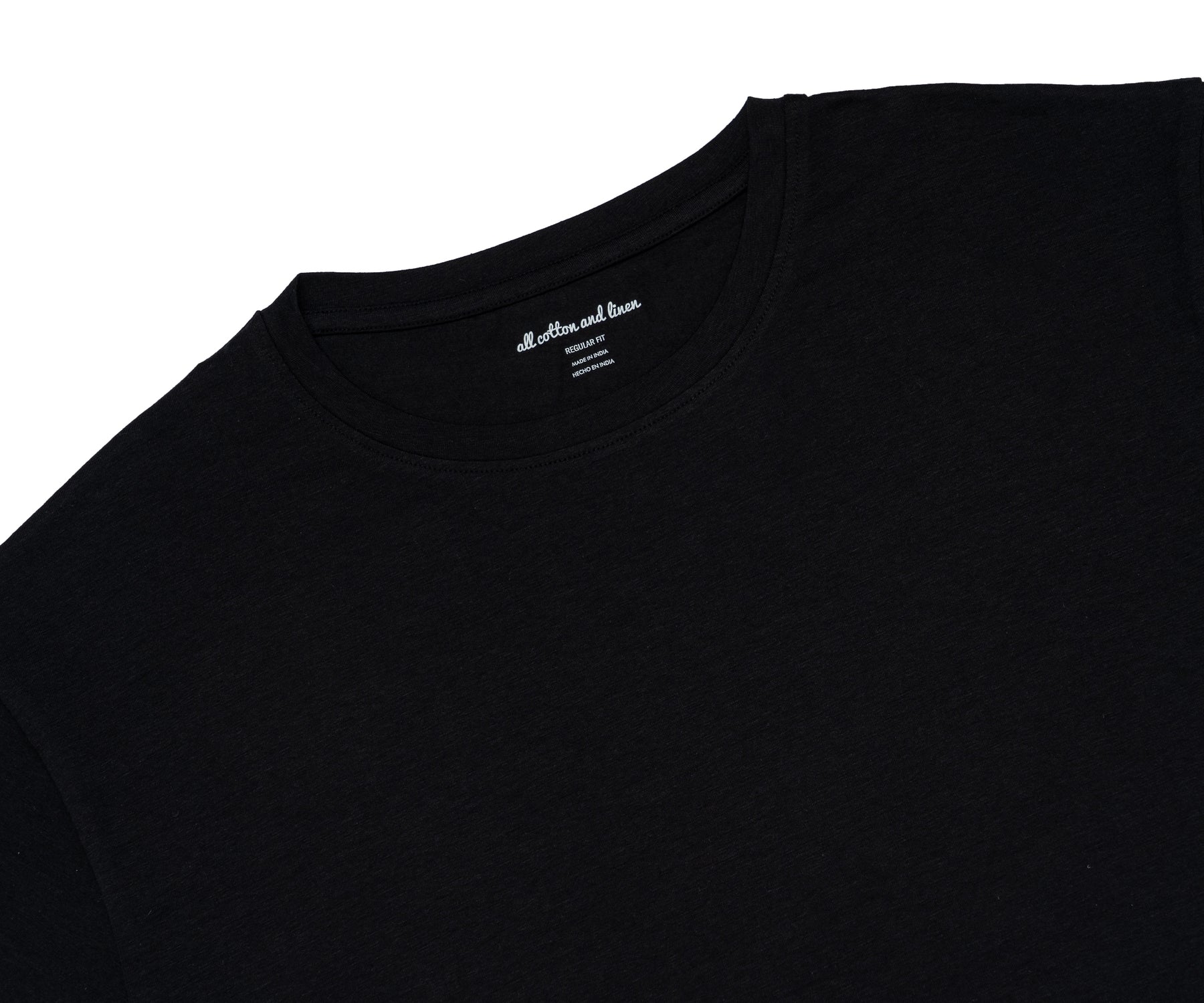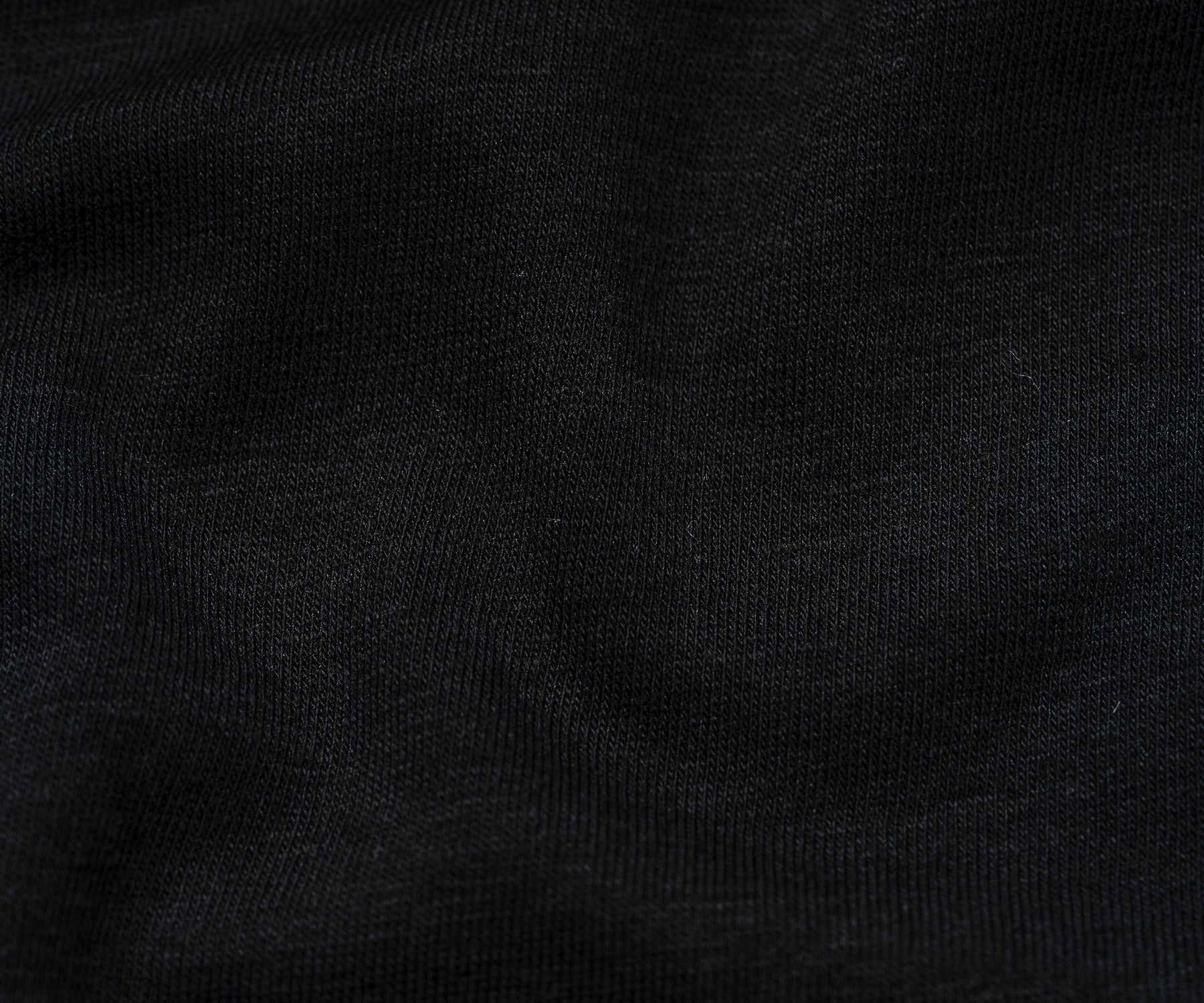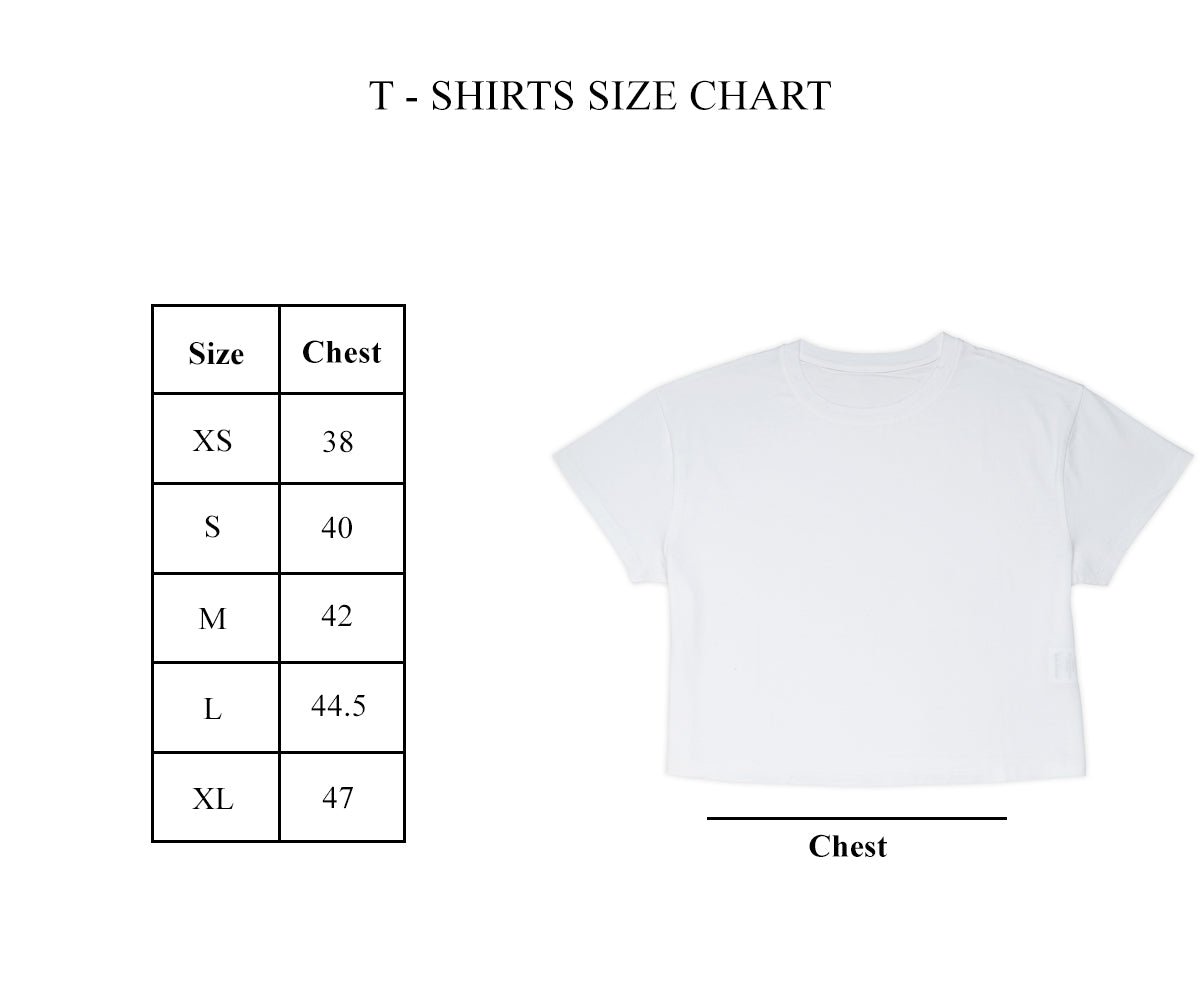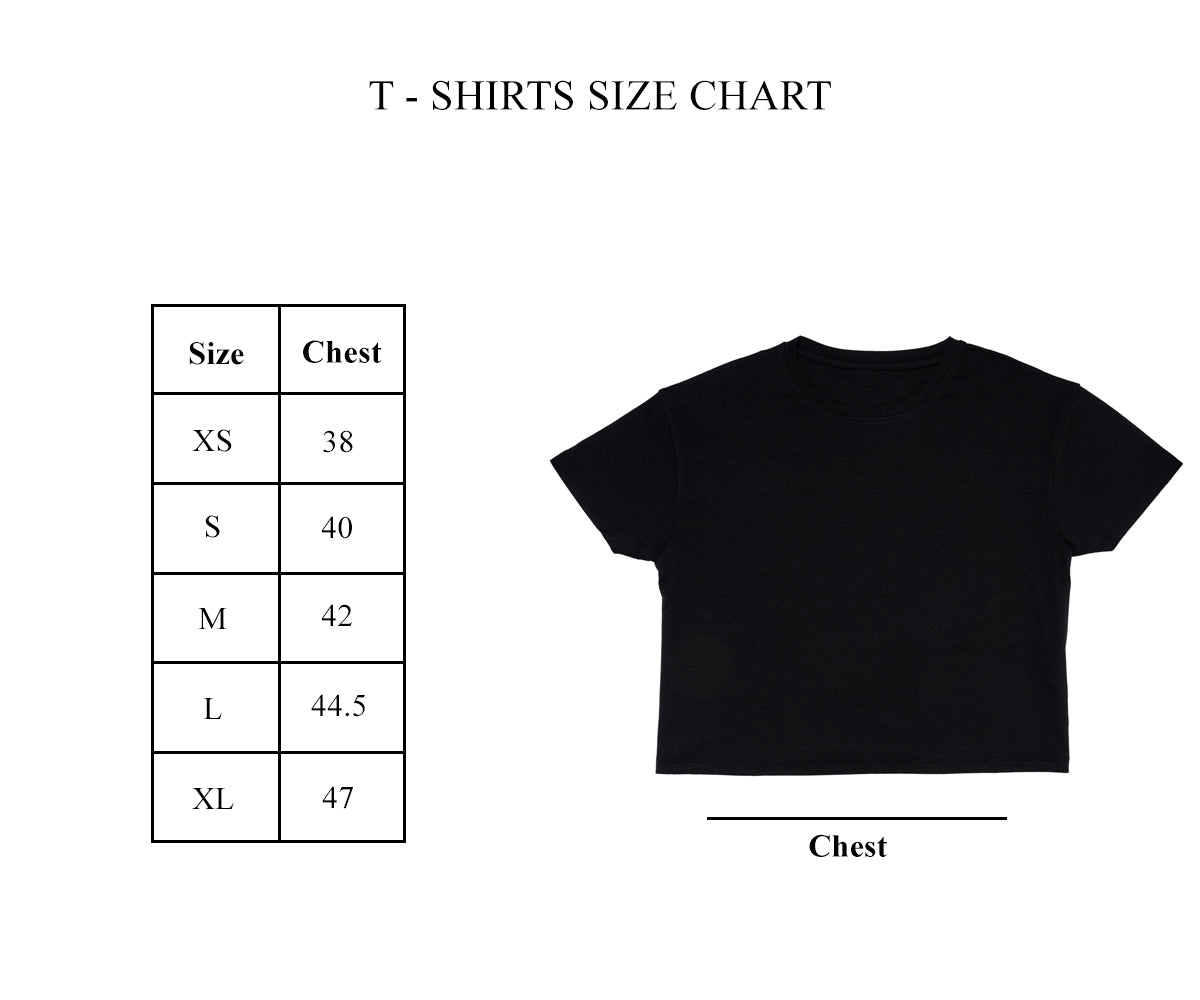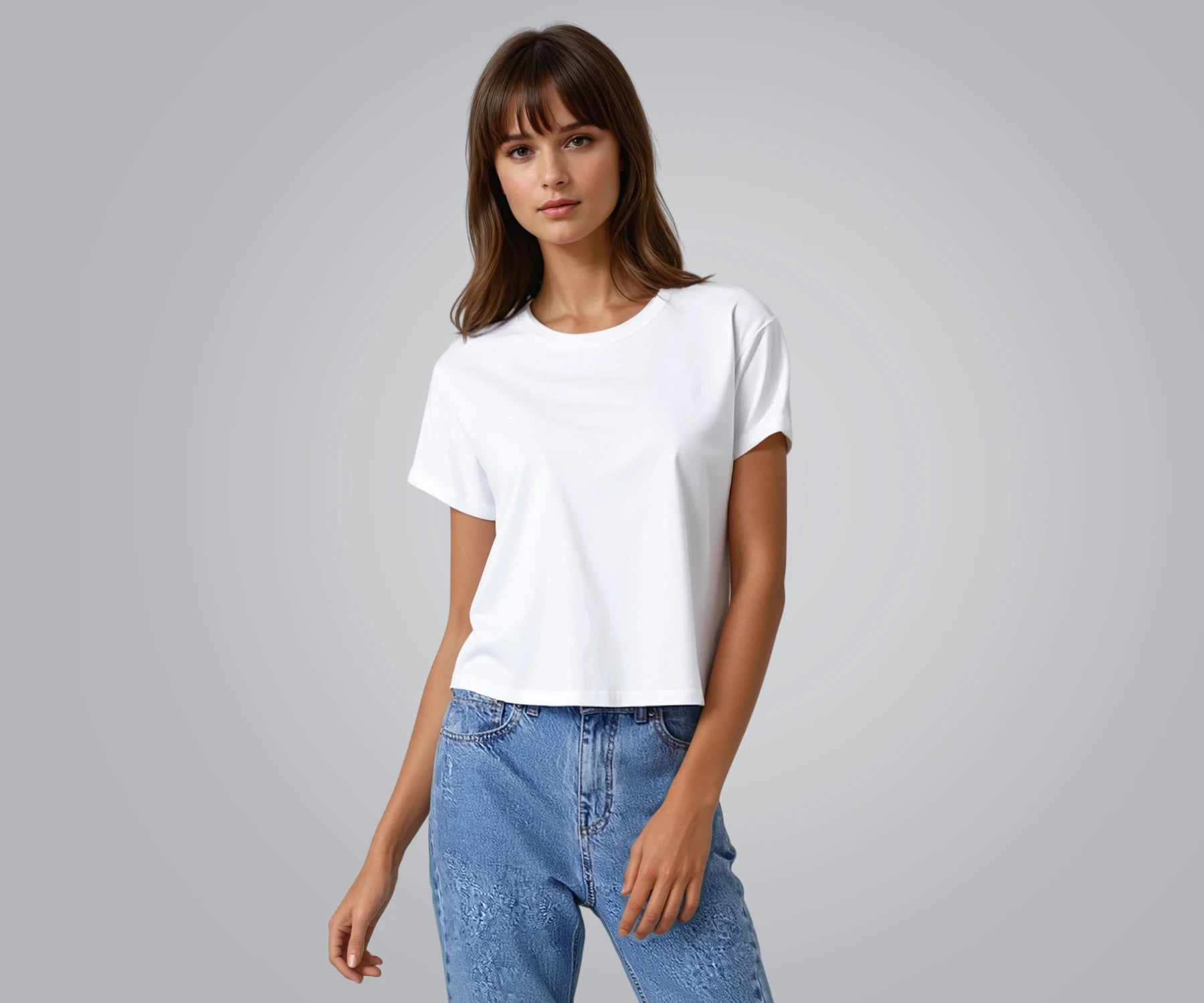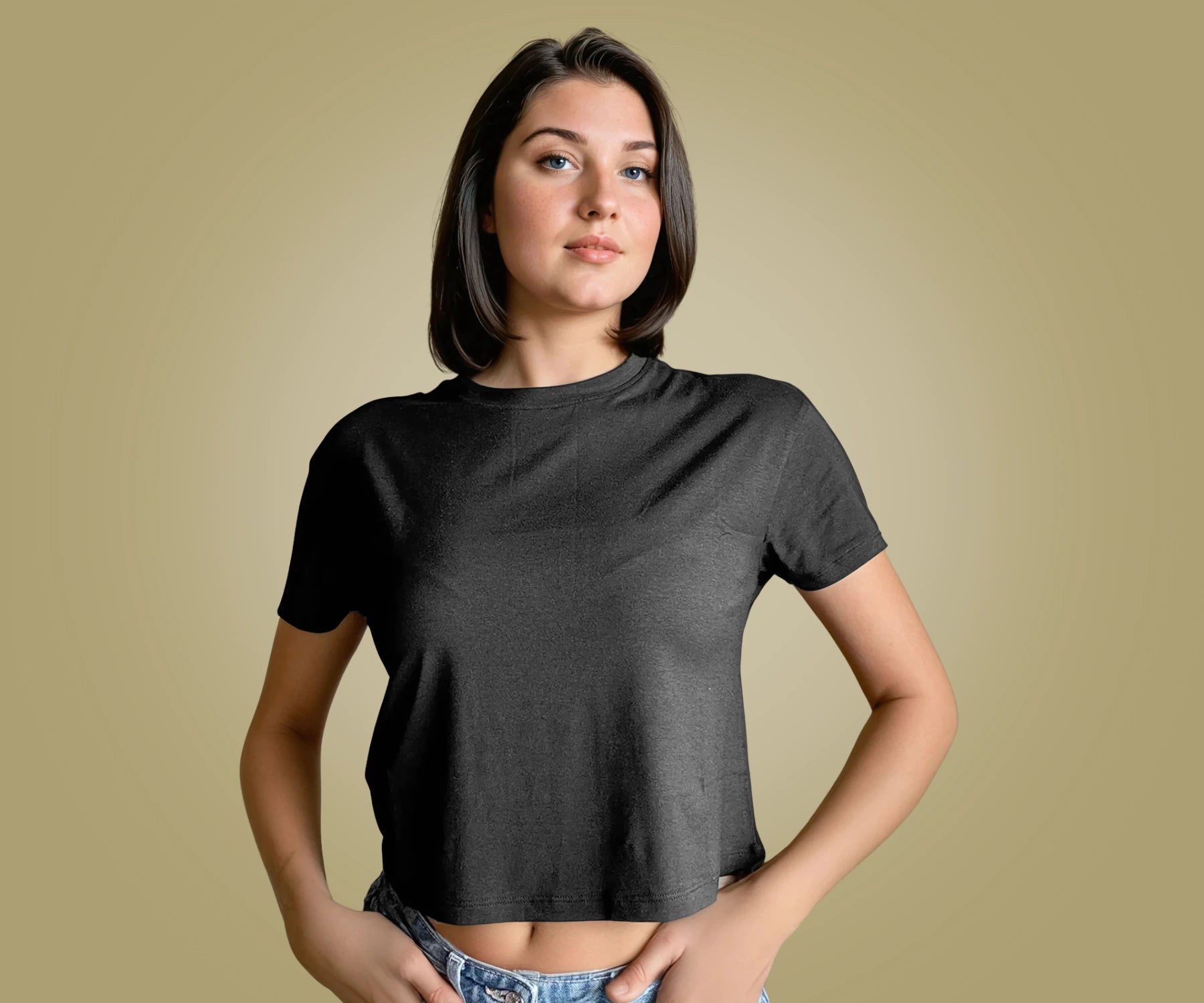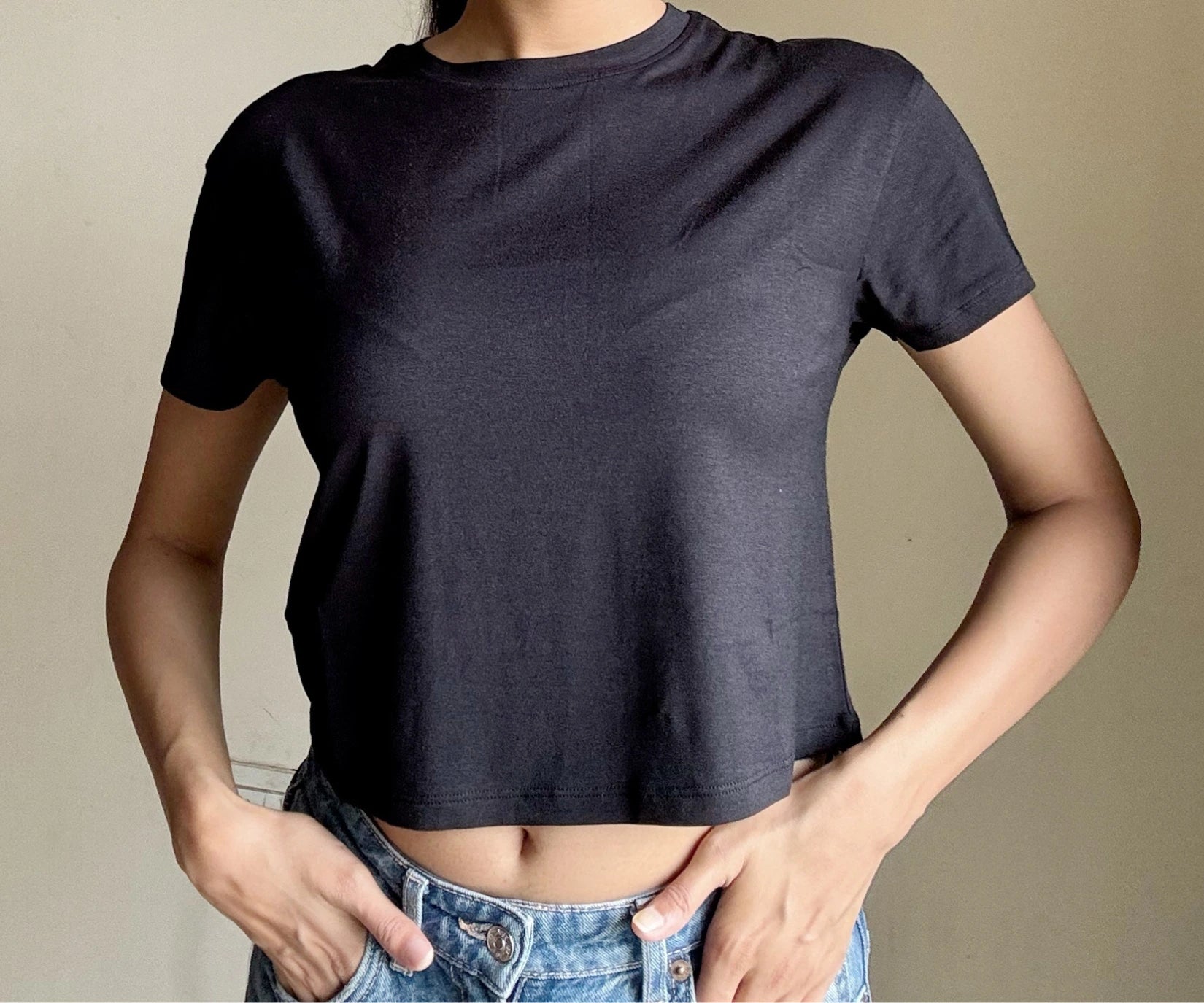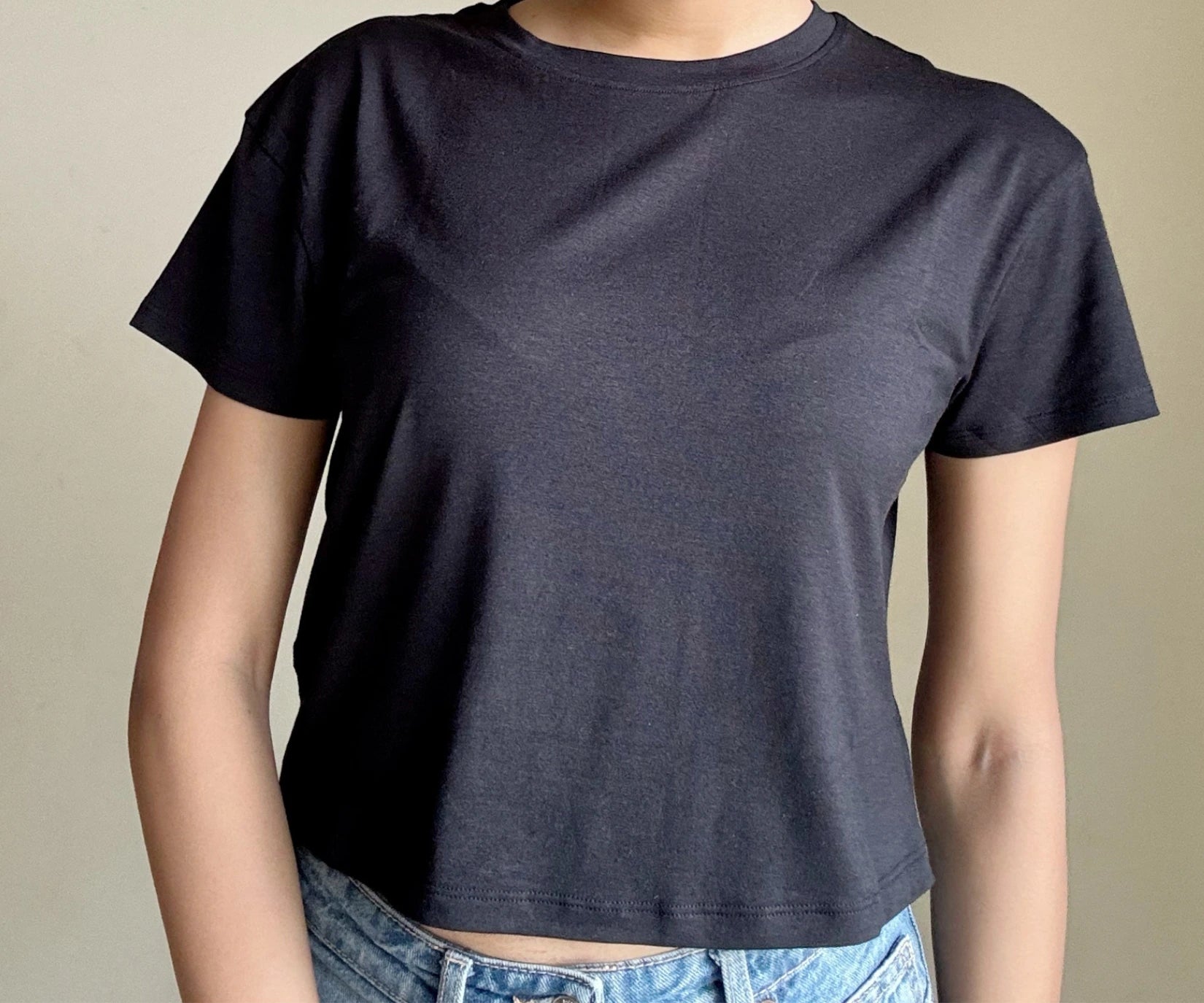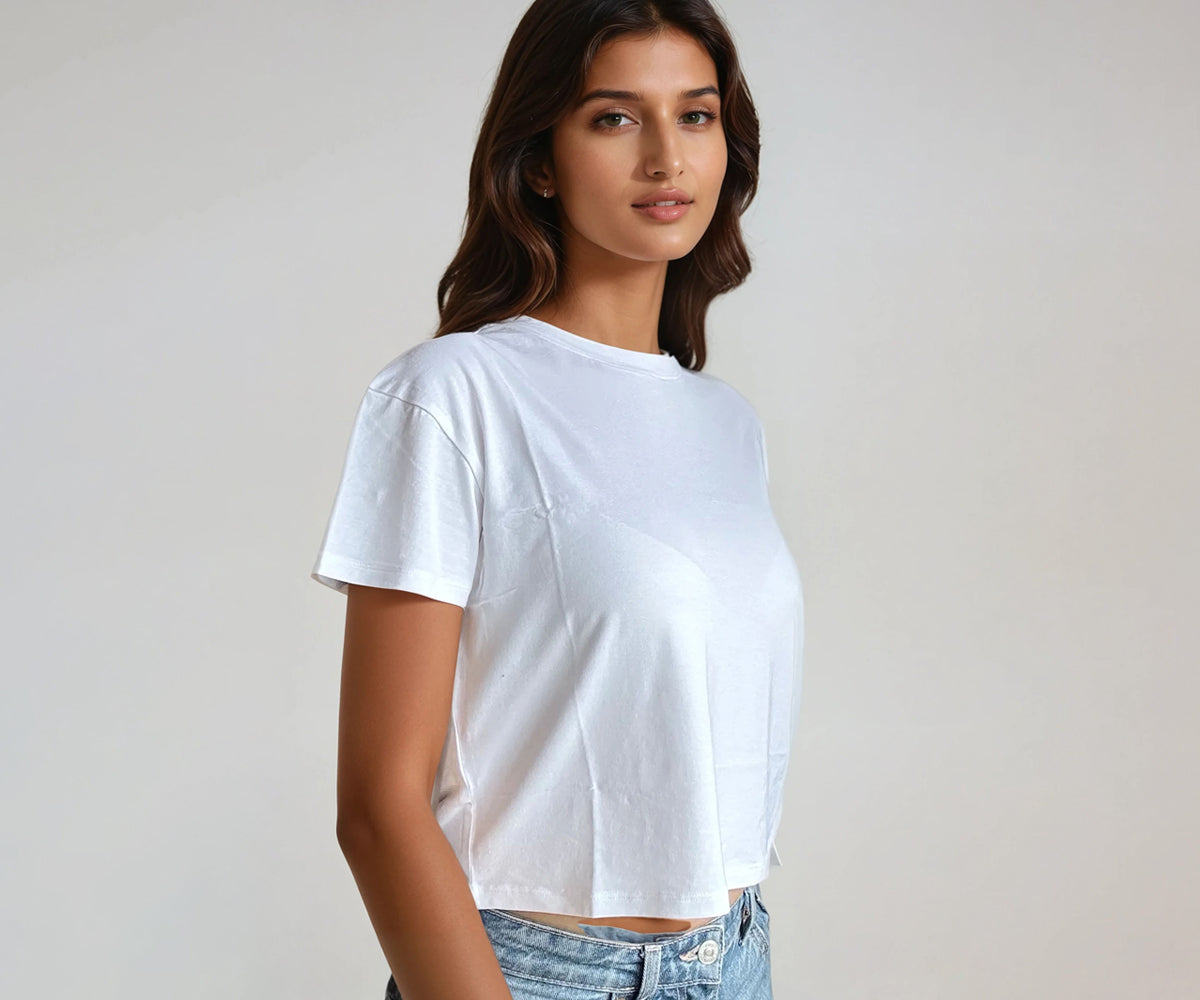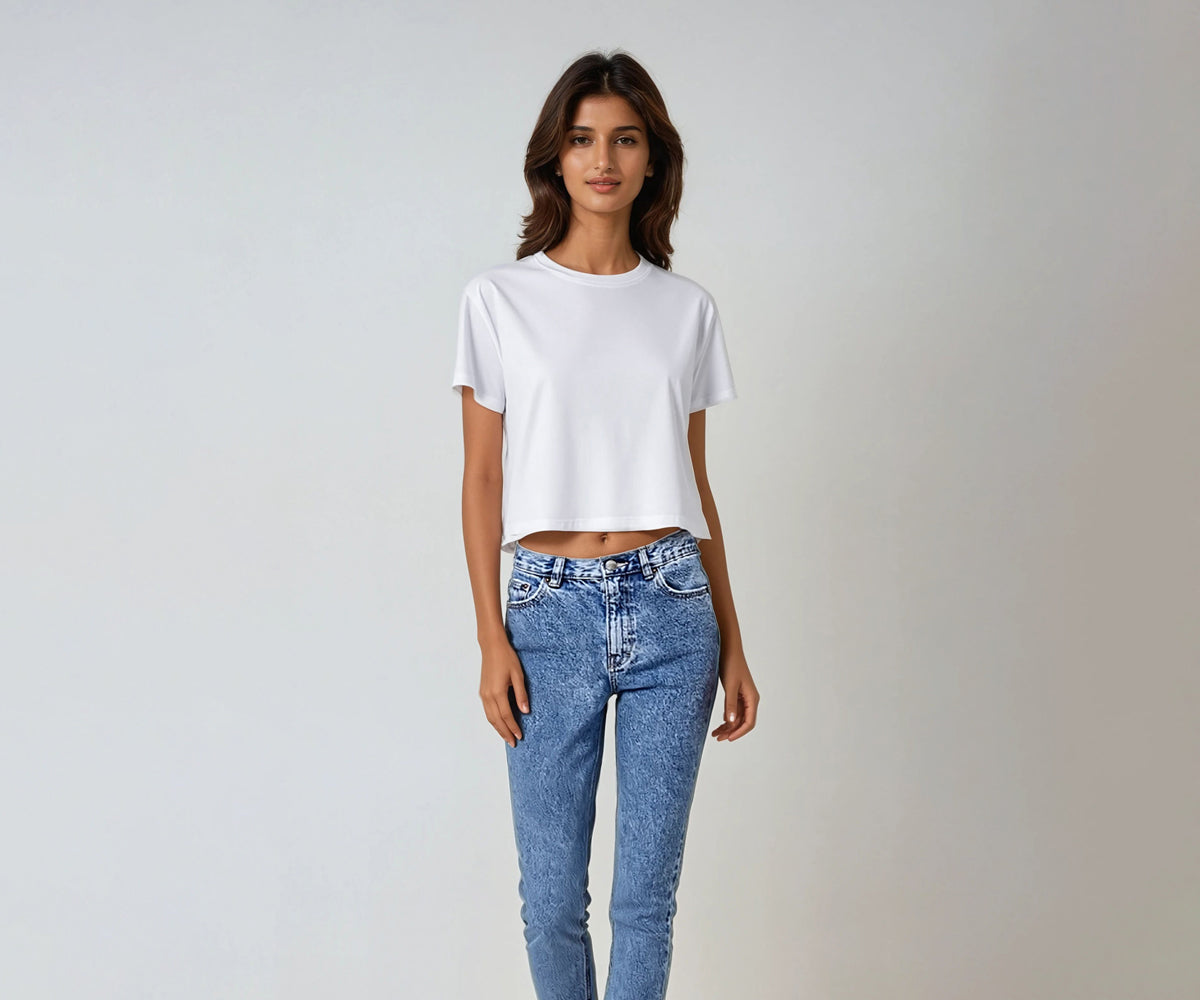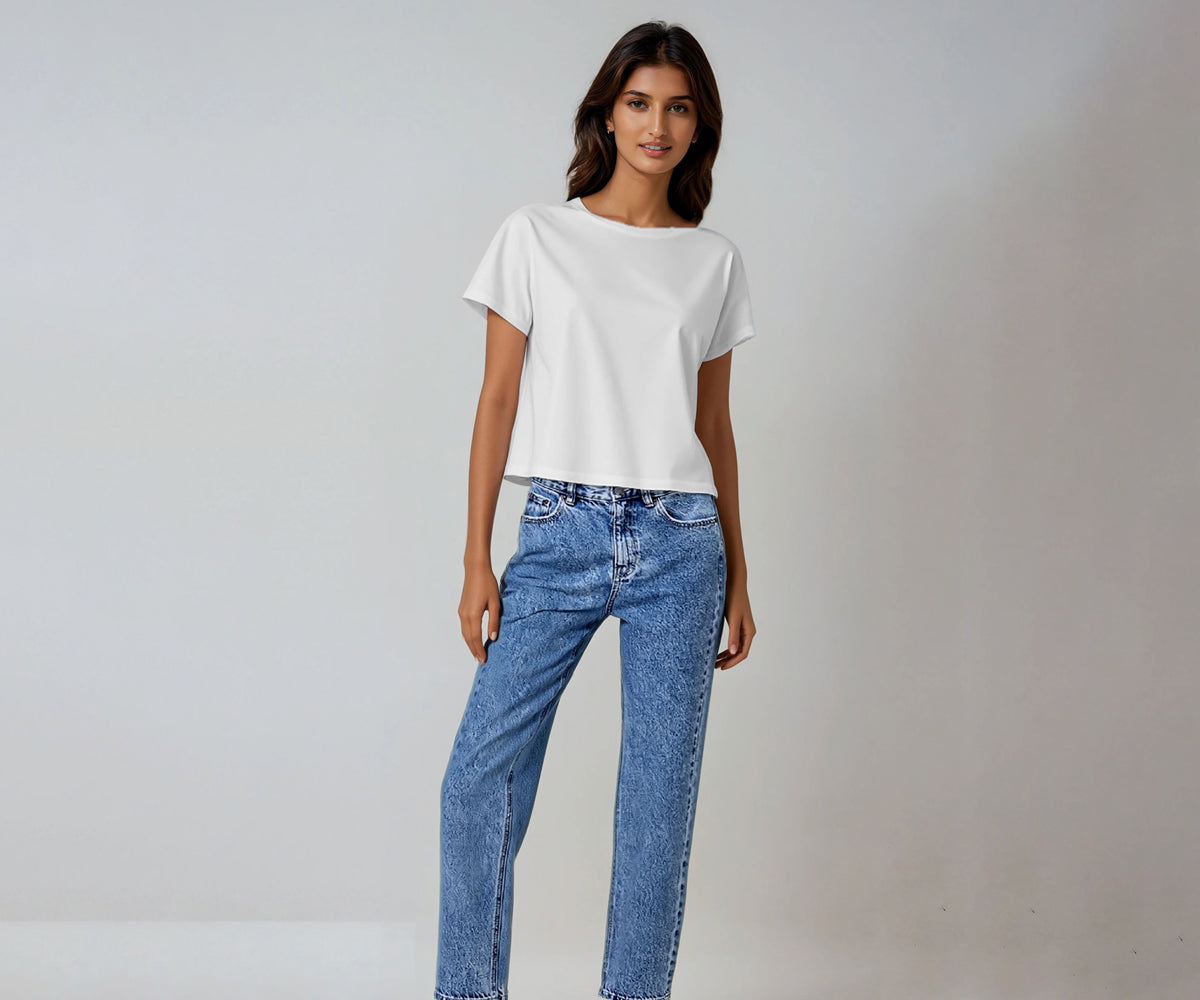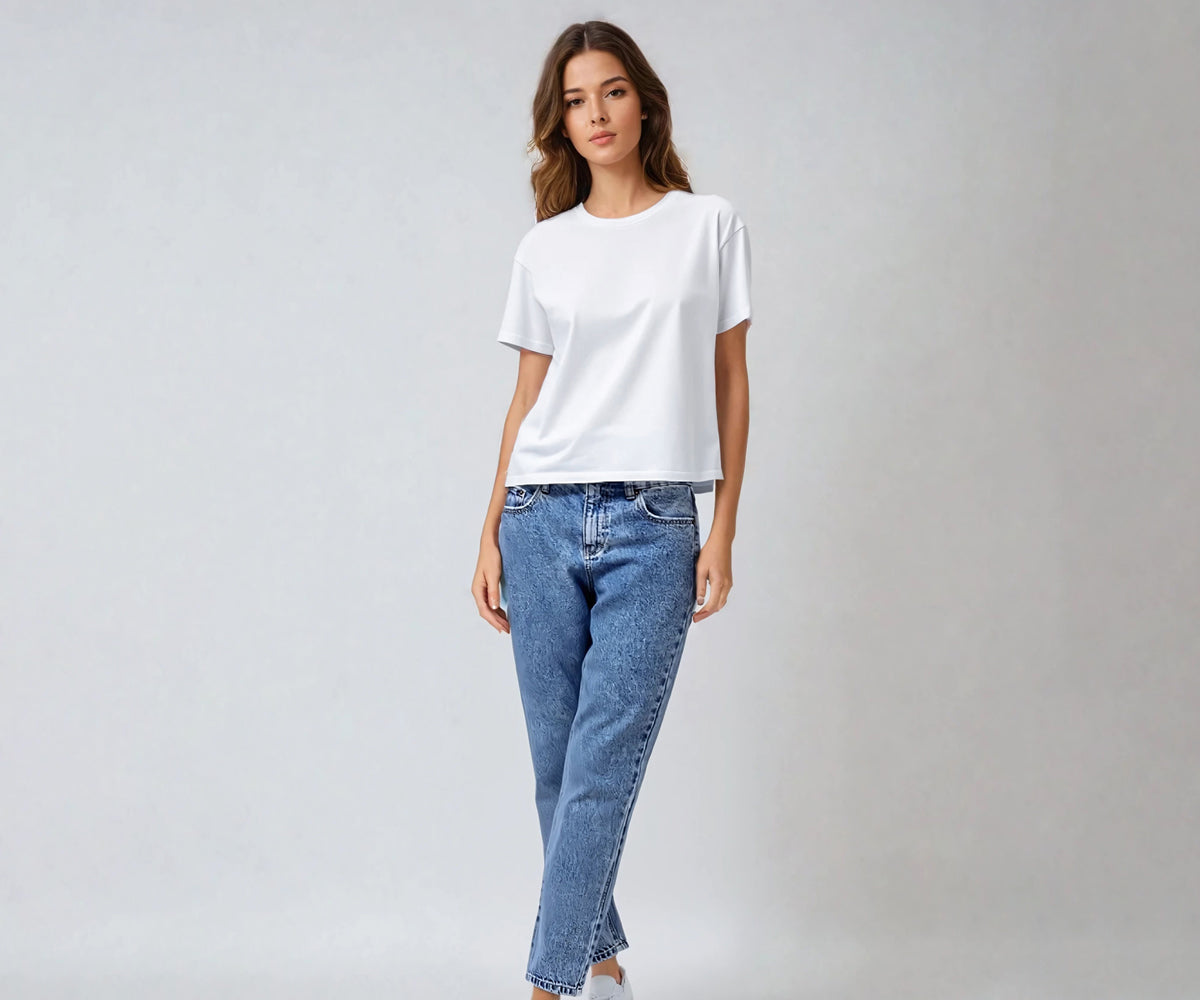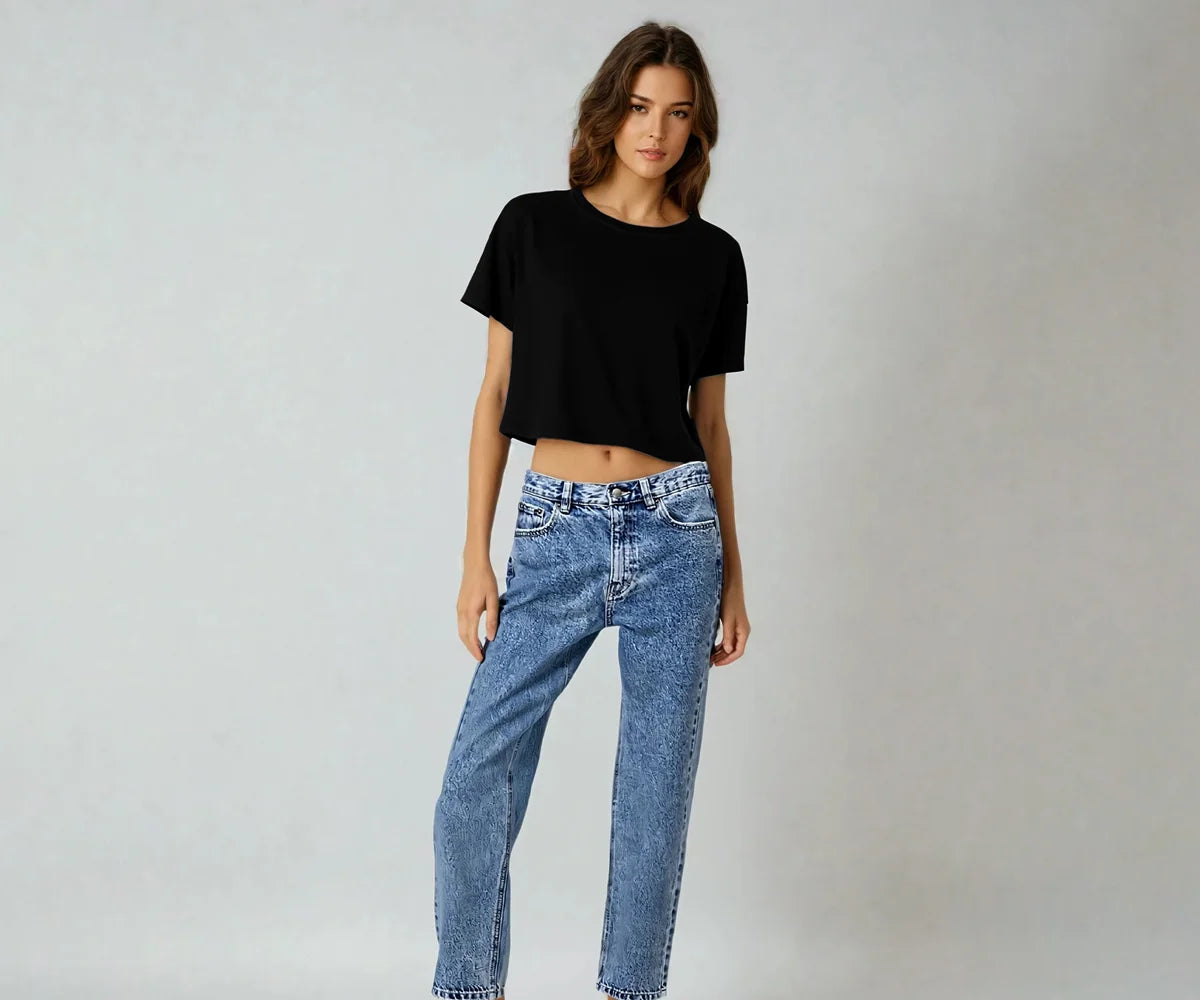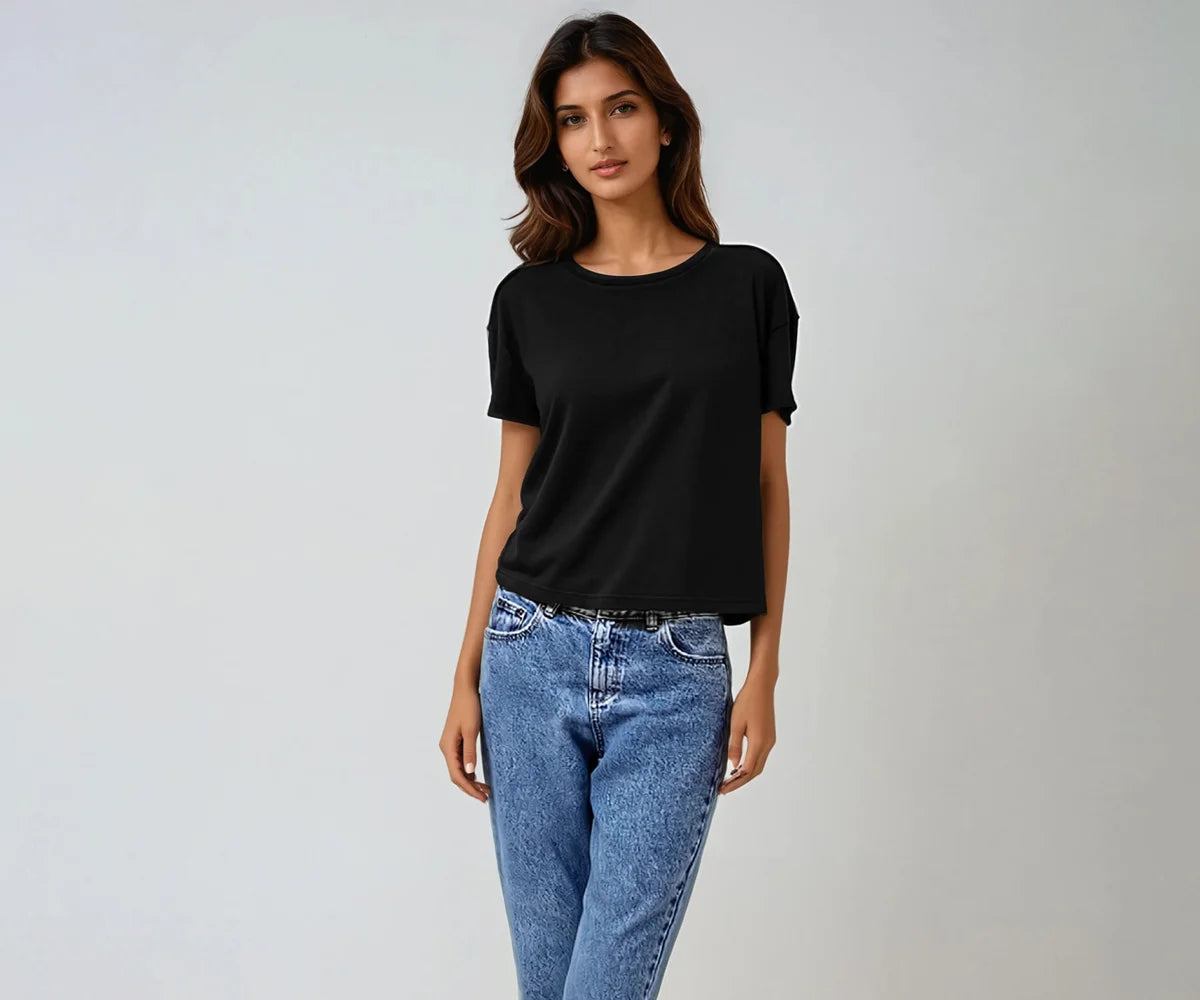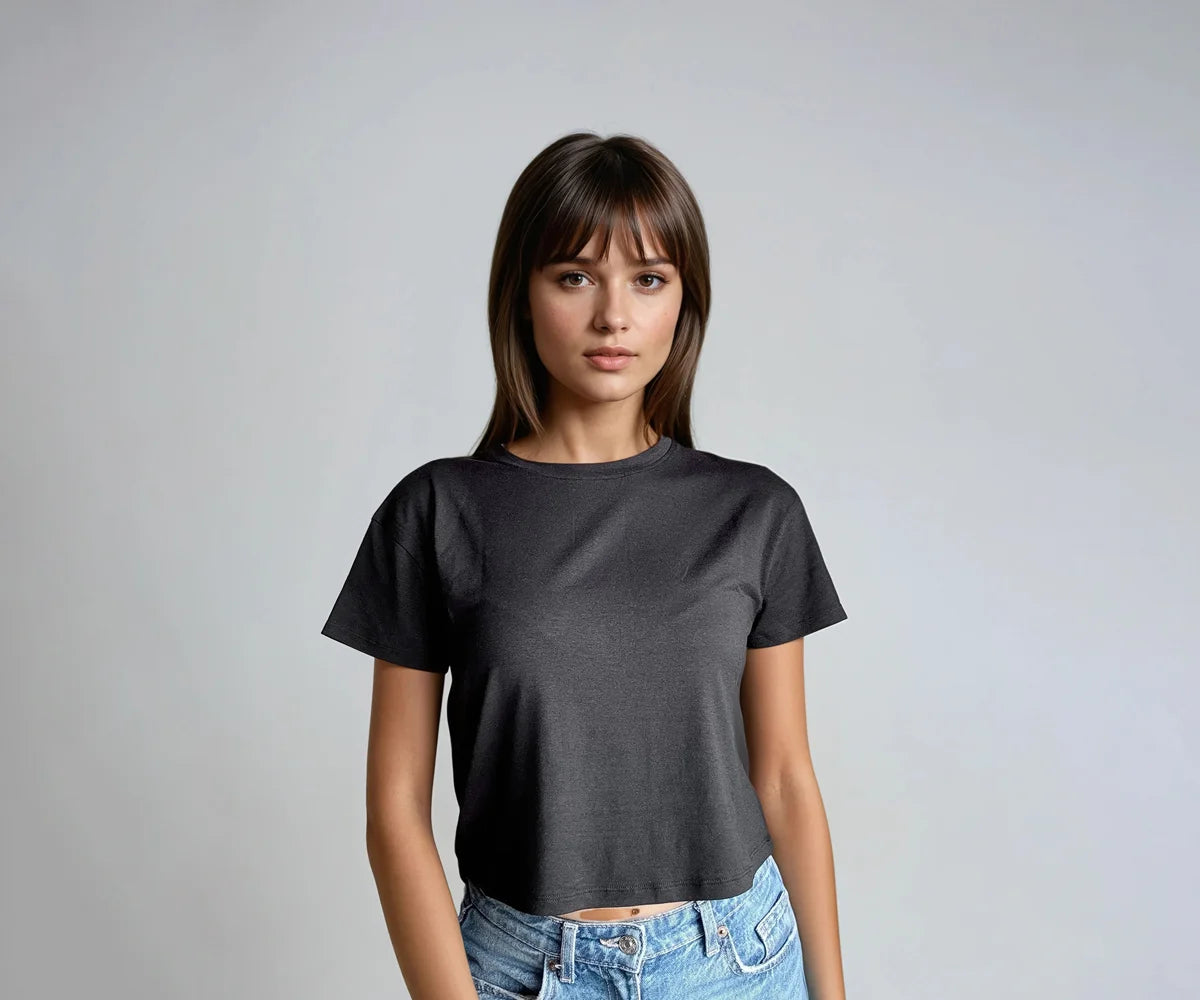The Generational Divide on Crop Tops
The differing opinions around crop tops often reveal a sharp generational divide. For people in their 40s and 50s, crop tops might appear too revealing or even inappropriate, especially when worn in professional or educational settings. According to Elena Carson, a retired school administrator in her 60s, “Back in my day, showing your midriff was seen as edgy and rebellious. These days, I see young girls wearing crop tops to school, and I can’t help but feel uncomfortable.” This viewpoint stems from a more conservative time, where modesty was highly valued and showing skin was often associated with sexuality.

Yet, for younger generations, crop tops are more about comfort and personal style. Many teens and young adults see them as a way to embrace body positivity and independence. “I wear crop tops all the time because they make me feel confident,” says Maya Fernandez, a 19-year-old college student. “It’s just clothing, but for some reason, people always feel the need to comment on it, especially older folks.” The generational split often means that what one group sees as empowering, another may interpret as inappropriate.
You may also like to know why crop tops are inappropriate for school.
The Influence of Media and Pop Culture
Fashion, particularly styles like crop tops, doesn't evolve in isolation. Media and pop culture have played substantial roles in shaping how crop tops are viewed. The rise of icons like Britney Spears and the Spice Girls in the 90s, for instance, showcased crop tops as fun, flirty, and daring. Music videos, movies, and advertisements frequently paired crop tops with themes of youth, freedom, and—unfortunately—sometimes overtly sexual imagery. This portrayal impacted how crop tops were perceived in mainstream culture, associating them with provocative dressing.

Yet, for Samantha Reed, a media studies professor, the real problem lies in how society conflates fashion with intentions. “There’s nothing inherently sexual about a crop top. It’s the media’s portrayal of female bodies that has sexualized them,” she explains. “If we could detach our ideas of fashion from morality, we’d have a much healthier relationship with clothing.” Samantha argues that crop tops, like other clothing, can be a neutral form of expression, but societal biases add unnecessary layers of meaning.
Personal Agency vs. Social Expectations
For many women, crop tops are about reclaiming their agency over their bodies. Take Grace Liu, a 23-year-old retail associate, who notes, “I wear crop tops because I like how they look on me and how they make me feel. It’s not my responsibility to change how I dress just because someone else might have an issue with it.” Grace’s perspective is shared by many who argue that women should not be expected to dress a certain way to avoid others’ judgments.

However, critics like Mike Anderson, a 45-year-old father of two, feel that social expectations around modesty still matter, especially in places like schools. “As a dad, I worry about the impact of hypersexualized clothing on my daughters and their friends. While I don’t think crop tops are wrong, I do think we need to teach young people about the implications of certain clothing choices,” he says. Mike’s opinion underscores a common concern: the belief that clothing sends a message, intentional or not, and that parents have a role in guiding young people through societal norms.
Read More: What Tees Do Professional Women Golfers Use?
The School Dress Code Debate
One setting where crop tops consistently stir controversy is in schools. Dress codes that ban crop tops, tank tops, and other so-called “revealing” clothing often spark debate among students, parents, and educators. The argument is frequently that such clothes are “distracting” and may cause disruptions in the learning environment.

For Taylor Gibson, a high school junior, this reasoning feels like misplaced blame. “It’s frustrating when we’re told we can’t wear crop tops because it’s ‘distracting for the boys,’” she says. “Shouldn’t they be taught to focus rather than telling us how to dress?” Taylor’s perspective echoes a broader conversation about whether dress codes disproportionately target girls and suggest that they are responsible for others’ reactions to their bodies.
School officials, however, see it differently. Principal Karen Lopez, who oversees a public high school in Texas, explains, “Our dress code isn’t about shaming students. It’s about creating a professional environment that’s conducive to learning. Unfortunately, crop tops often fall outside of that standard.” Despite this reasoning, students like Taylor argue that the policy indirectly perpetuates the idea that girls’ bodies are inherently sexual and must be covered to avoid “distractions.”
Read Related: What Tees Do Professional Women Golfers Use?
The Question of Personal Comfort and Body Positivity
One of the most overlooked reasons people wear crop tops is simple comfort and body positivity. Crop tops can be inexpensive, especially in the summer, when many prefer light, breezy clothing. Amber Williams, a 28-year-old fashion enthusiast, shares, “I wear crop tops because I love my body, and they make me feel good. Why should I hide my midriff just because someone else might misinterpret my intentions?”
Amber’s statement reflects a growing trend among young adults and teenagers who are challenging beauty norms and using clothing as a tool for self-acceptance. Social media platforms like Instagram and TikTok have amplified these voices, providing a space for people to express themselves without fear of judgment. By sharing their crop-top outfits and self-styling tips, individuals are helping to reshape the narrative, moving away from sexualization and toward self-expression.
Where Culture and Fashion Intersect
The cultural differences in crop top acceptance are stark, even within the same generation. While in some parts of Europe, crop tops are worn casually in both social and professional settings, American culture often leans toward more conservative views on skin exposure. “When I studied abroad in France, I noticed that crop tops were worn casually, even at work,” says Lily Bennett, a 21-year-old college student. “There, it’s just fashion, but in the U.S., people still raise their eyebrows. It’s a clear example of cultural influence.”
Read More: How to Style a Women’s Crop Top for Any Body Type
Fashion as Empowerment or Conformity?
Whether for empowerment or comfort, crop tops remain a symbol of shifting attitudes toward body image, gender, and self-expression. For some, wearing a crop top is a statement, a way to assert their freedom to dress as they please. For others, the debate signals a broader cultural shift toward inclusivity, where women’s clothing choices aren’t scrutinized through a sexualized lens.
Finding Balance in Fashion
At the end of the day, crop tops are just pieces of fabric, yet they evoke intense emotions, cultural norms, and personal biases. The real question remains: should a top’s length determine its appropriateness? If crop tops symbolize empowerment for many and discomfort for some, perhaps the conversation should shift from policing clothing to fostering respect for personal choices.
Whether you choose to wear a Short Sleeve Tee, a Crop Top, or a Tank Top from brands like All Cotton and Linen—available in a range of sizes and classic colors like black and white—the choice should be personal. Clothing serves as an extension of self, and in an ideal world, everyone could dress freely without fear of judgment.



